
Kami
What is a Kami?
The word Kami in Japanese refers to a very extensive category of beings, objects and phenomena endowed with supernatural powers and the ability to create both good and evil.
Kami is often depicted as a beautiful young maiden.
In the Japanese system of traditional Shinto beliefs, the totality of all deities is represented as an association of a group of amatsukami or heavenly kami with a group of earthly kami or kunitsukami.
Example of the color palette for the image of Kami

See these colors in NCS, PANTONE, RAL palettes...
What does a Kami look like?
A Kami is a term that refers to a spirit, god, or supernatural being in the Japanese Shinto religion.
Some Kami are worshipped as deities, while others are seen as guardians, ancestors, or forces of nature.
They can appear differently to different people, depending on their beliefs, perceptions, and experiences.
Some Kami may manifest themselves as physical objects, such as a sacred tree or a shrine, while others may only be sensed as a presence or a feeling.
Some Kami may have human-like features, such as Amaterasu, the sun goddess, Susanoo, the storm god, or Inari, the god of rice and agriculture, while others may have animal-like features, such as Ryujin, the dragon god.
Therefore, a Kami can look like anything that has a connection to nature, spirituality, or culture in Japan.
A Kami can also look like nothing at all, as they are not bound by physical limitations or appearances.
A Kami is more than just a visual representation; it is a concept, a symbol, a source of power, and a part of life.
Example of the color palette for the image of Kami
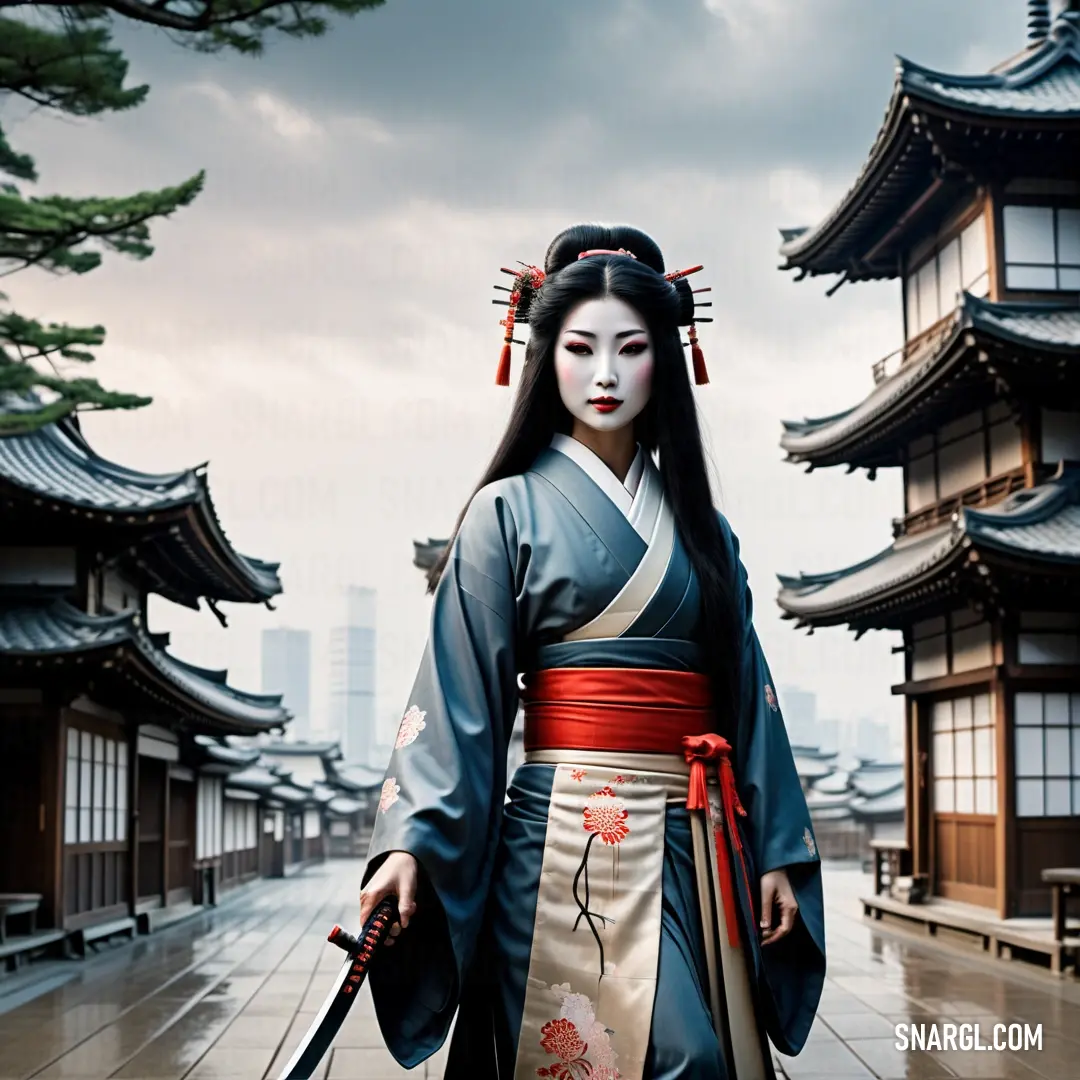
See these colors in NCS, PANTONE, RAL palettes...
What is a kami in Japan?
Some kami are benevolent and helpful, while others are malevolent and harmful.
Kami can also be classified as yōkai, which are supernatural creatures that can be good or evil.
Examples of kami are Amaterasu, the sun goddess; Ryūjin, the dragon king of the sea; and Kappa, a reptilian water sprite.
Kami are an important part of Shinto, the indigenous religion of Japan, as well as Japanese culture and mythology.
Example of the color palette for the image of Kami
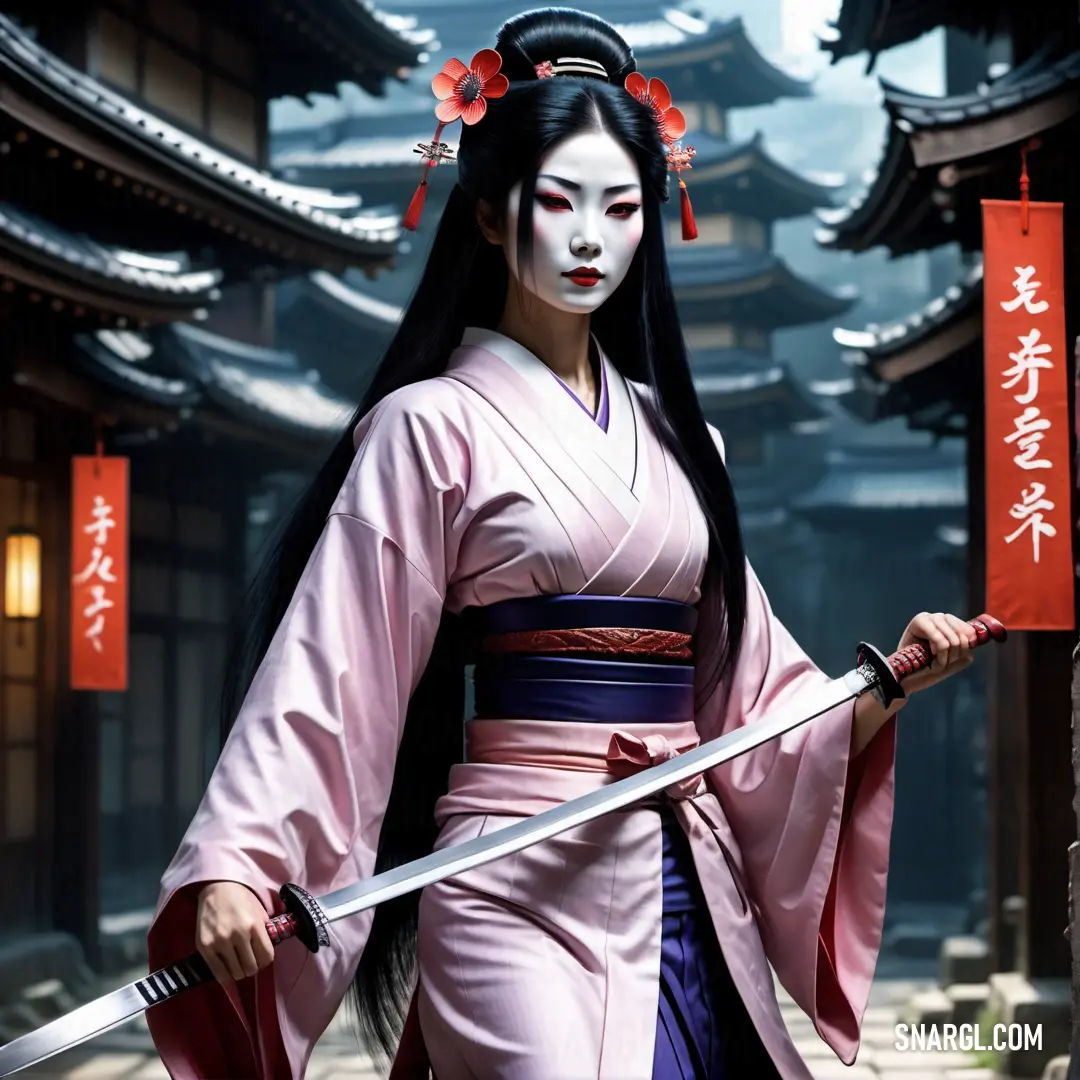
See these colors in NCS, PANTONE, RAL palettes...
What are the 4 different types of kami?
The concept of kami is complex and multifaceted, but one way to understand kami is through the idea of "mitama," which refers to the spirits or natures of kami.
There are four types of mitama, each representing different aspects of kami:
Aramitama - This is the wild or rough spirit of kami.
It represents the more tumultuous and chaotic aspects of nature and the divine.Nigimitama - In contrast to aramitama, nigimitama is the gentle, life-supporting spirit.
It embodies the nurturing and harmonious qualities of kami.Kushimitama - This is the wondrous spirit, associated with the extraordinary and the miraculous aspects of kami.
Sakimitama - Representing the nurturing spirit, sakimitama is related to prosperity, happiness, and fertility.
They are manifestations of "musubi," the interconnecting energy of the universe, and exemplify what humanity should strive towards.
The concept of kami is deeply rooted in the Shinto belief that everything possesses a sacred essence, and certain entities exhibit this essence in a particularly striking way, making them kami.
Kami are believed to inhabit a complementary existence that mirrors our own, known as "shinkai," or the world of the kami.
To be in harmony with the awe-inspiring aspects of nature is to be conscious of "kannagara no michi," the way of the kami.
Understanding kami through these four mitama provides insight into the Shinto worldview, where the divine is not separate from the world but intimately connected with the natural and human realms.>
Example of the color palette for the image of Kami
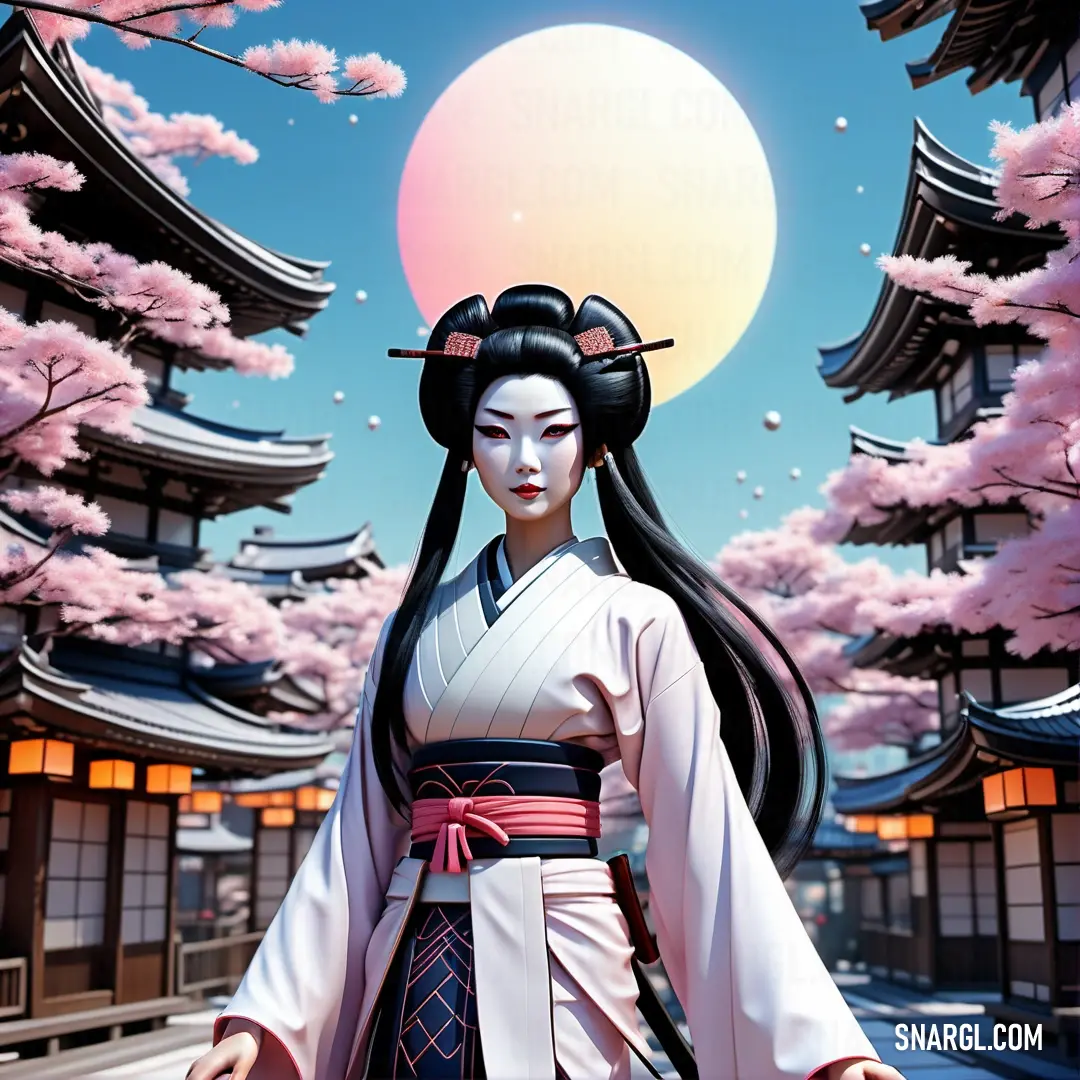
See these colors in NCS, PANTONE, RAL palettes...
What is an example of a kami?
A kami is a term for a divine being or a spirit in the Shinto religion of Japan.
Kami can be anything that is awe-inspiring, mysterious, or sacred, such as natural phenomena, animals, plants, or even human beings.
There are many types of kami in Japanese folklore and mythology, some of which are similar to yōkai, which are supernatural creatures or phenomena.
One example of a kami that is also a fantasy creature is the oni, which is a kind of demon, ogre, or troll.
Oni are usually depicted as large, muscular humanoids with horns, fangs, and sometimes a third eye.
They have skin colors ranging from red to blue to black, and they wear tiger skins or iron clubs as weapons.
Oni are known for their great strength and their evil nature, as they often attack and eat humans.
Some oni can also be benevolent or helpful to humans, depending on the legend or story.
Another example of a kami that is also a fantasy creature is the kappa, which is a water sprite or imp.
Kappa are usually portrayed as green-skinned reptilians with webbed hands and feet, and a turtle-like shell on their back.
They have a dish-like depression on their head that holds water, which is the source of their power.
If the dish is emptied or damaged, the kappa becomes weak or dies.
Kappa are fond of cucumbers and sumo wrestling, but they can also be mischievous or harmful to humans, especially by drowning them or stealing their shirikodama, a mythical organ located near the anus.
These are just two examples of kami that are also fantasy creatures in Japanese culture.
Example of the color palette for the image of Kami
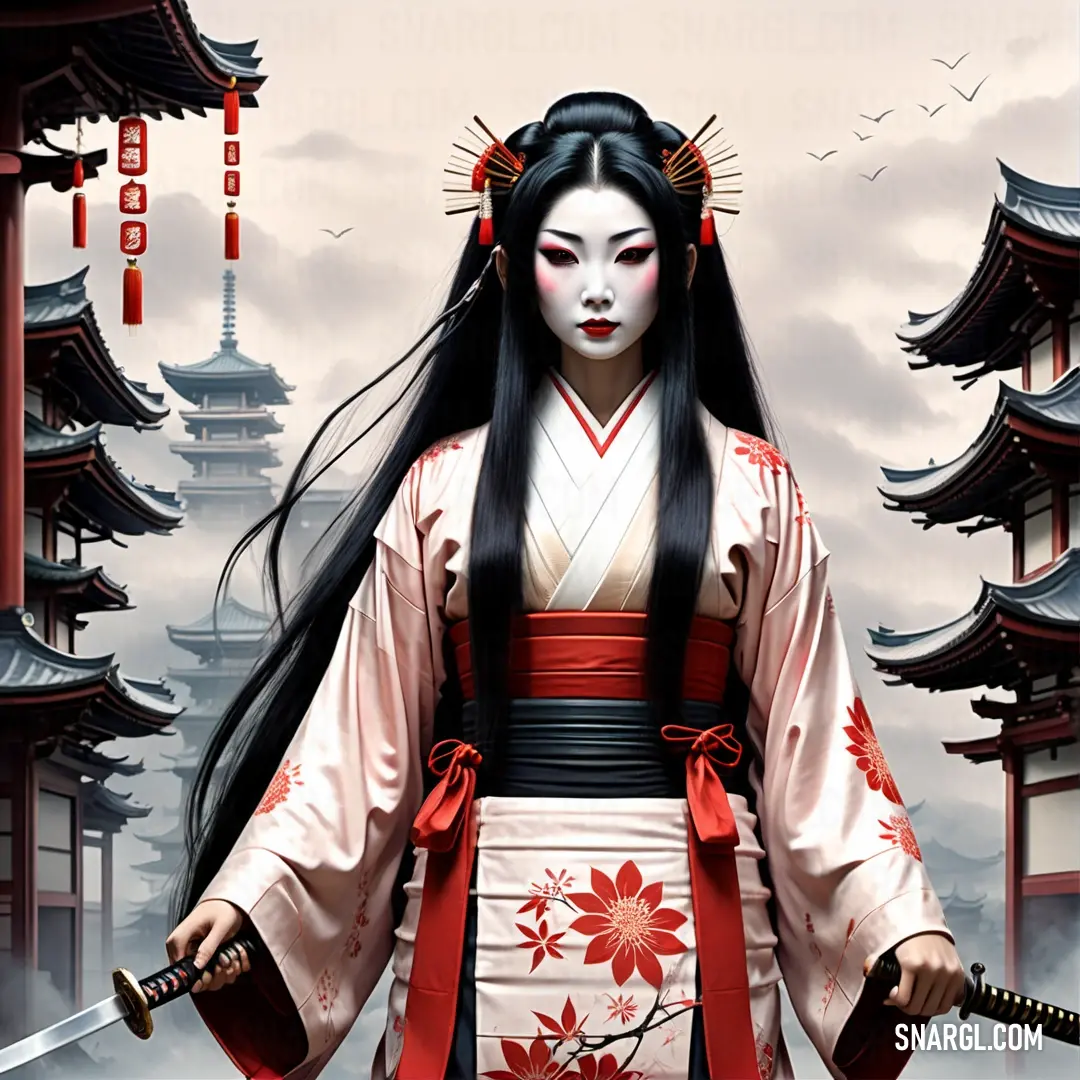
See these colors in NCS, PANTONE, RAL palettes...
What is the symbol for kami?
In the context of fantasy creatures, kami can also mean various types of supernatural beings that are often associated with elements of nature, such as water, fire, wind, or earth.
There is no single symbol for kami, as there are many different kinds of kami in Japanese folklore and mythology.
Some examples of kami are:
Oni: Demon-like creatures with horns, fangs, and a turtle-like shell on their back.
They are usually depicted as red, blue, black, or yellow in color.
They are known for their strength and ferocity, but also for their cunning and trickery.Kappa: Reptilian creatures with webbed hands and feet, and a dish-like depression on their head that holds water.
They live in rivers and ponds, and love cucumbers and sumo wrestling.
They can be friendly or mischievous, depending on how they are treated by humans.Baku: Dream-eating creatures that have a mix of features from different animals, such as an elephant's trunk, a tiger's paws, and an ox's tail.
They can be summoned by people who are having nightmares to devour their bad dreams and bring good luck.
Example of the color palette for the image of Kami
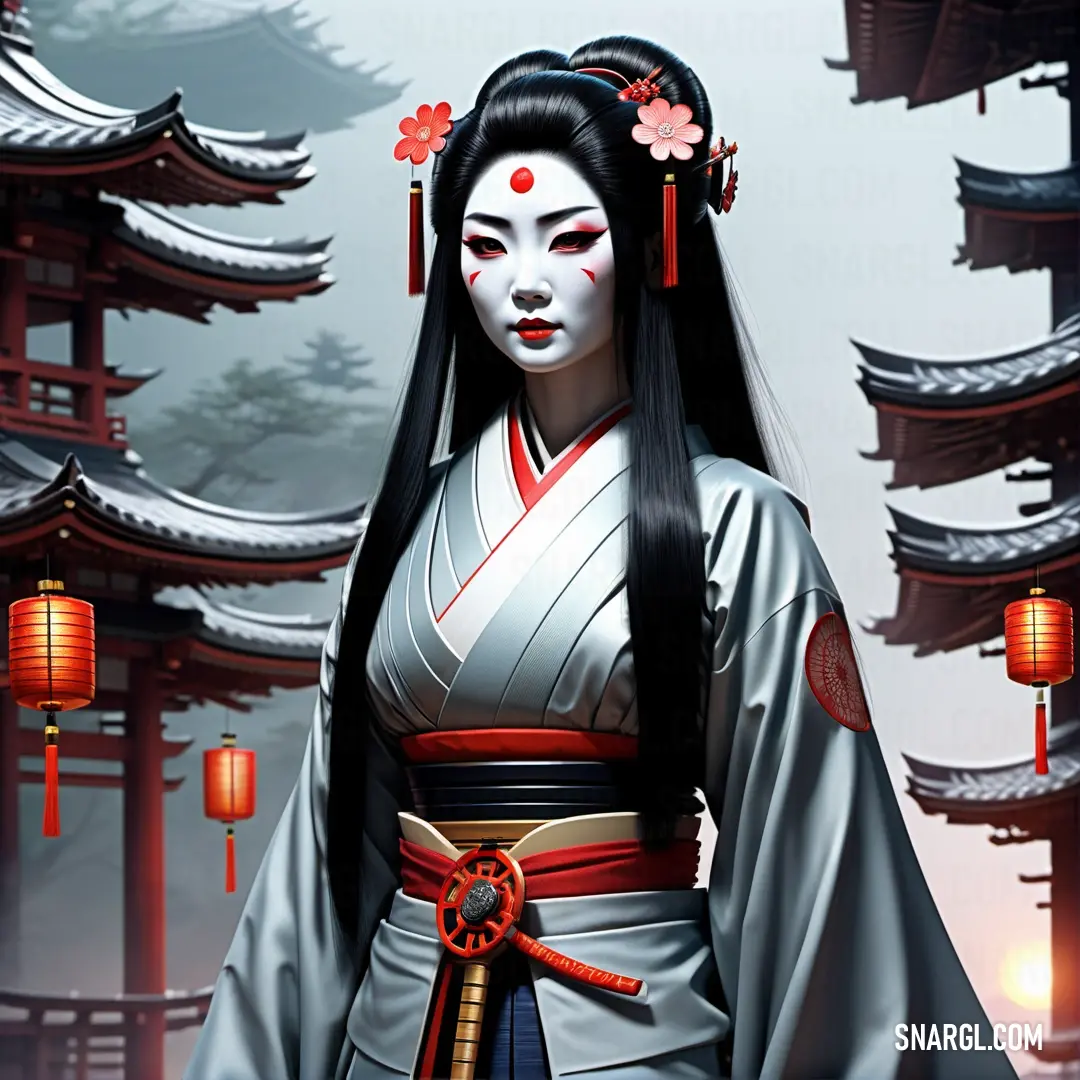
See these colors in NCS, PANTONE, RAL palettes...
Example of the color palette for the image of Kami
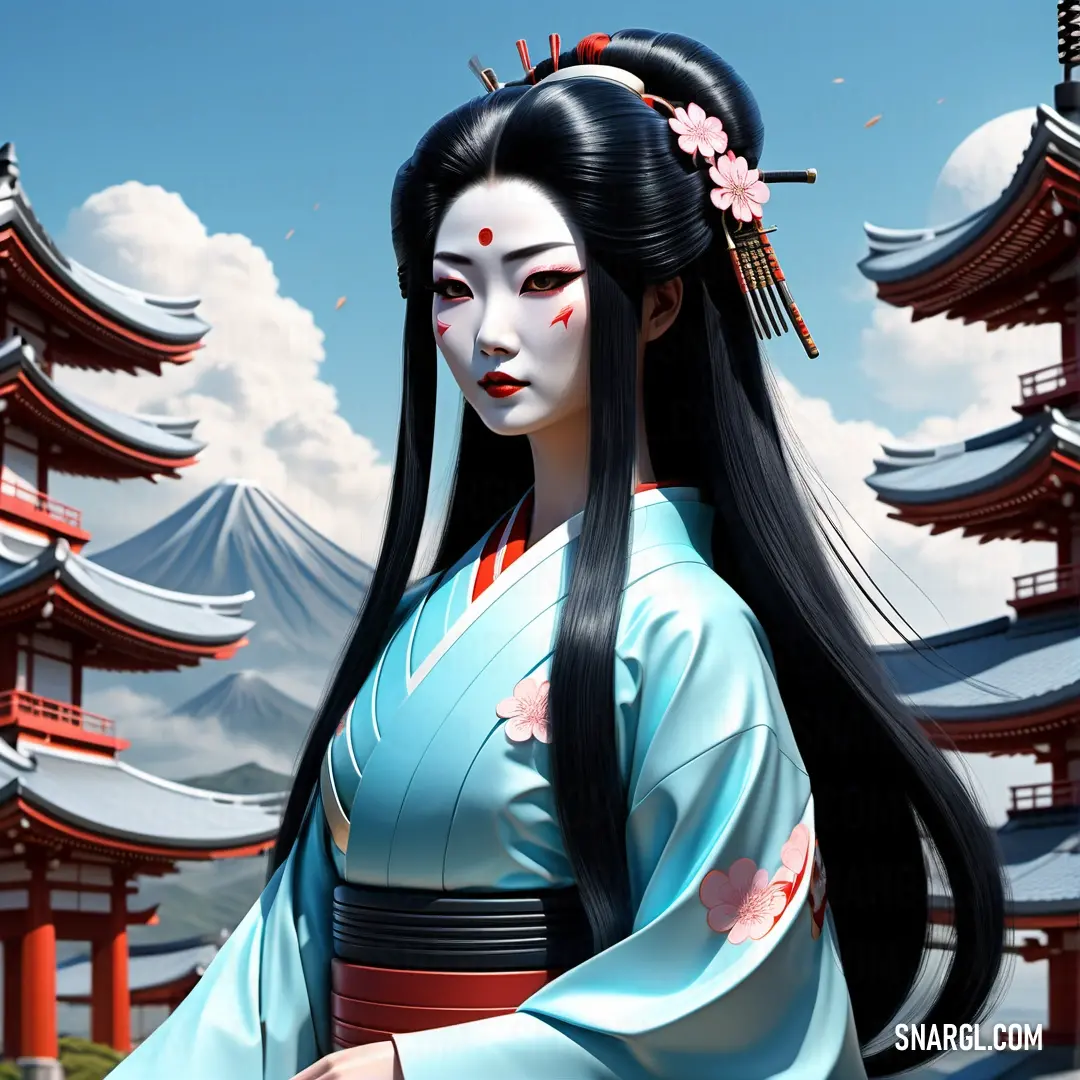
See these colors in NCS, PANTONE, RAL palettes...

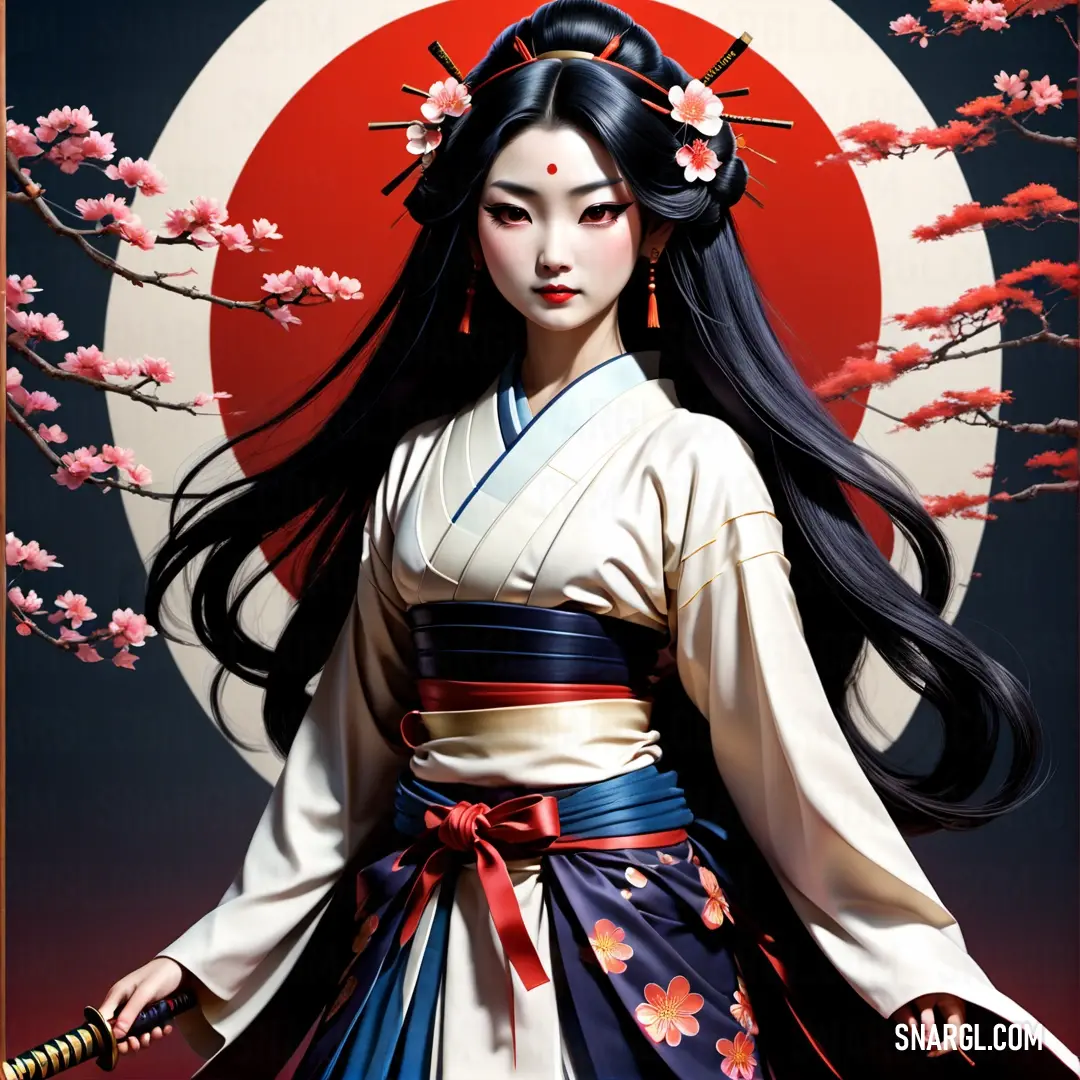
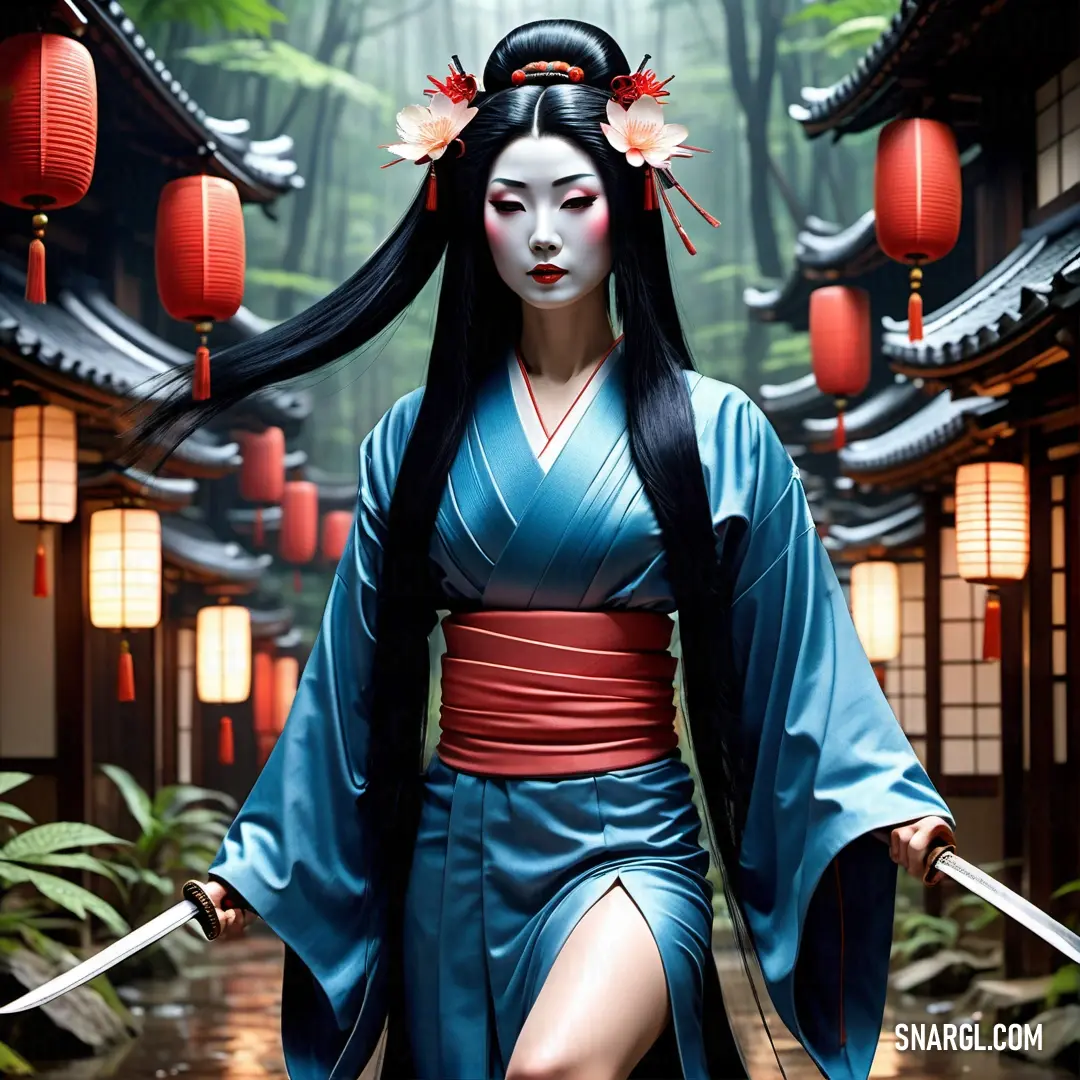
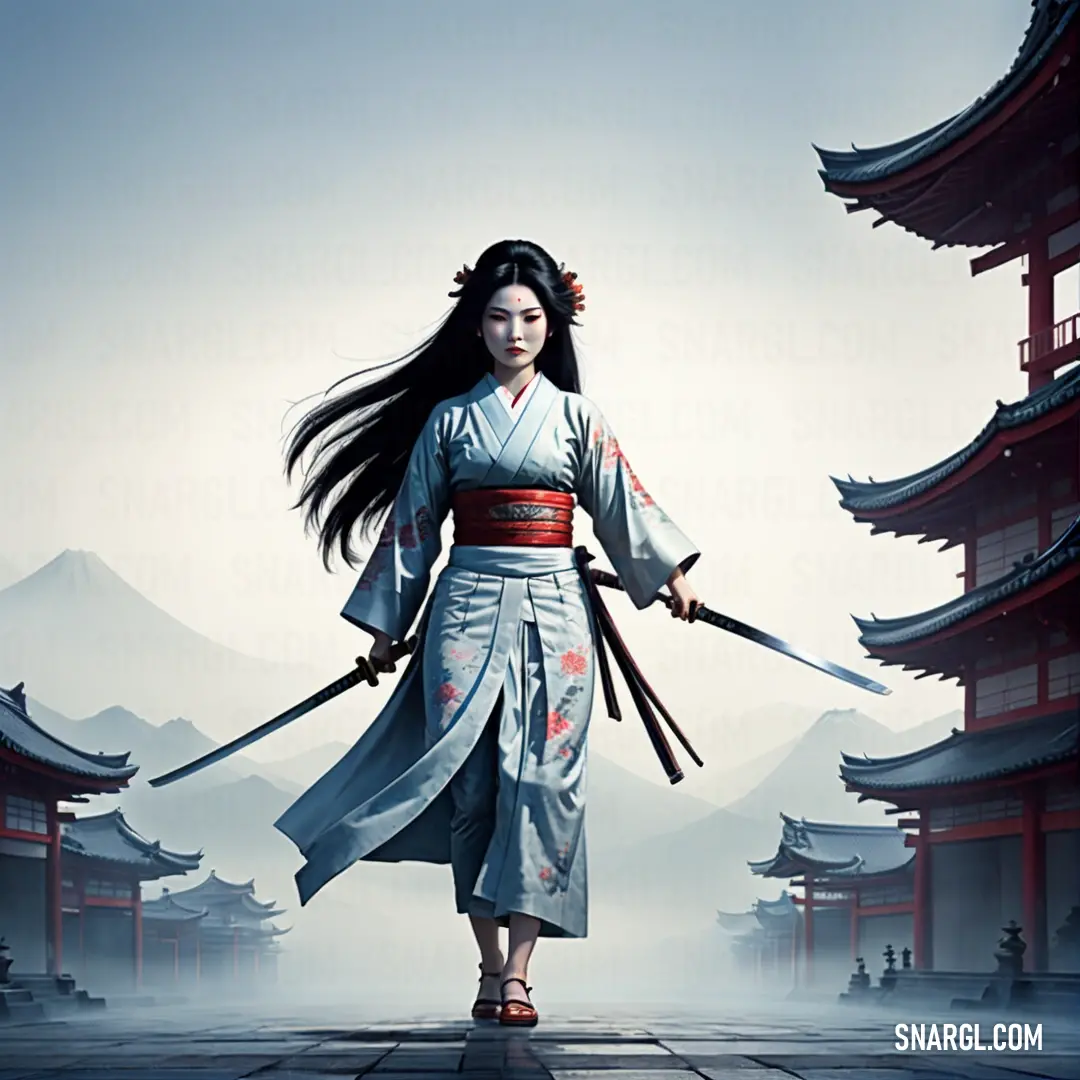
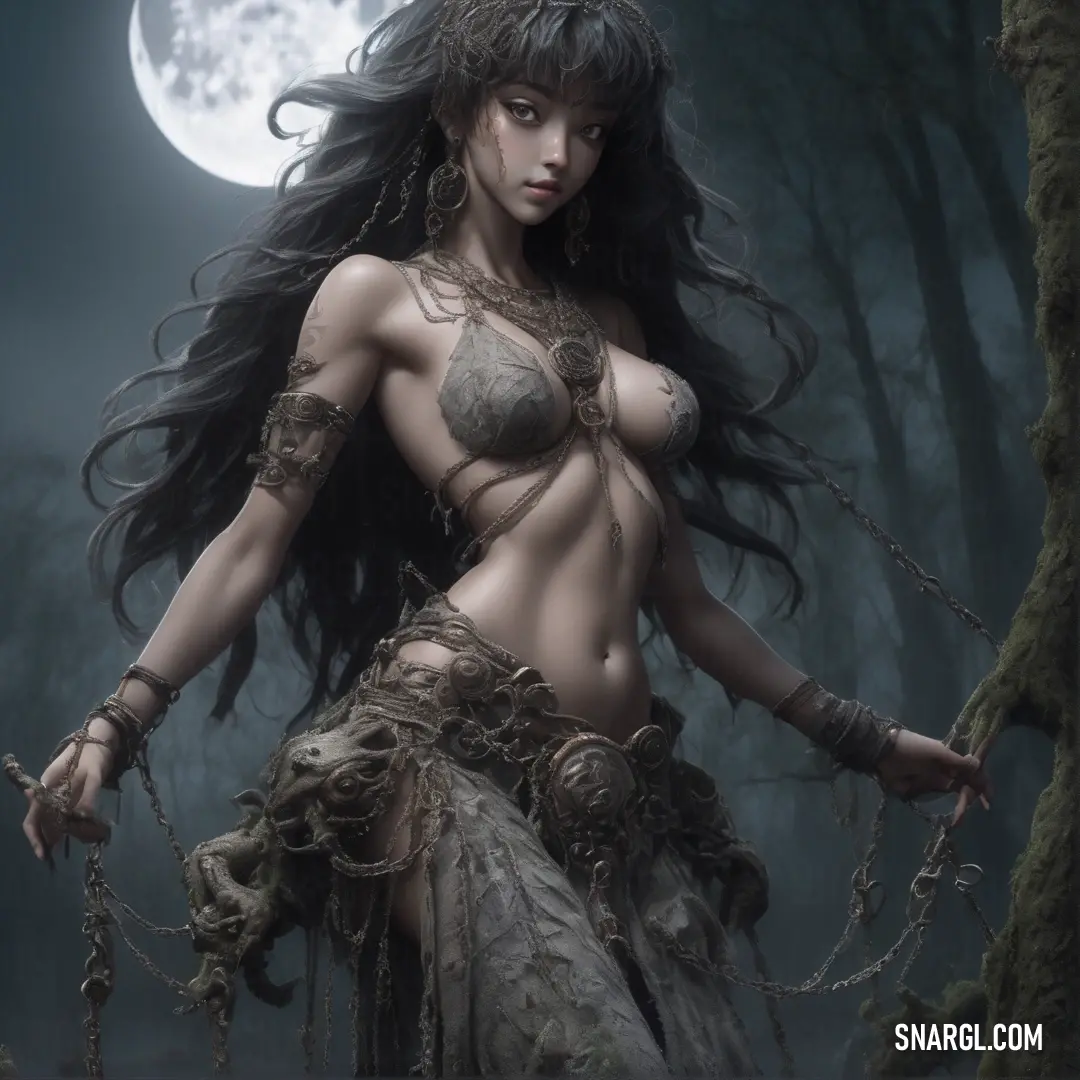
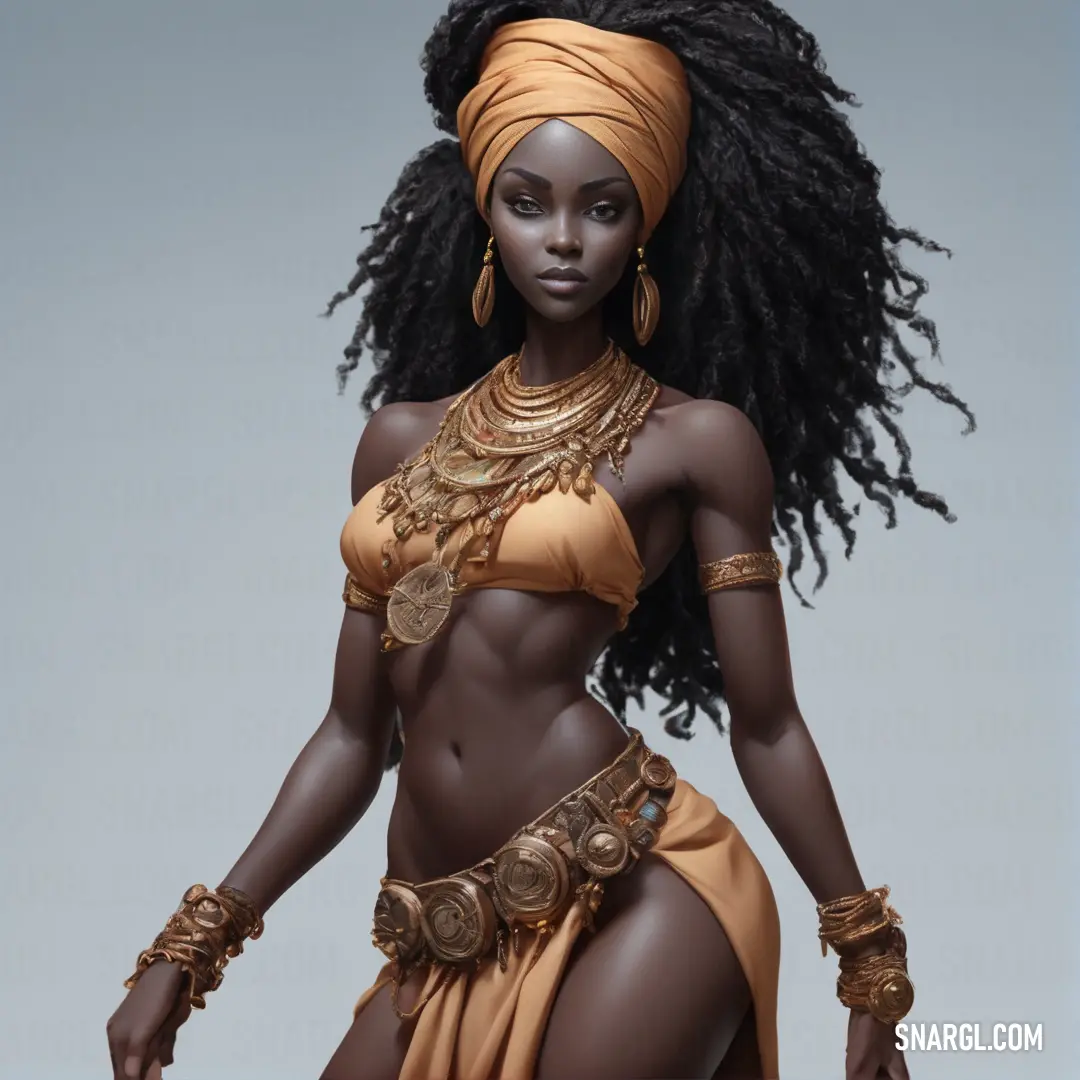
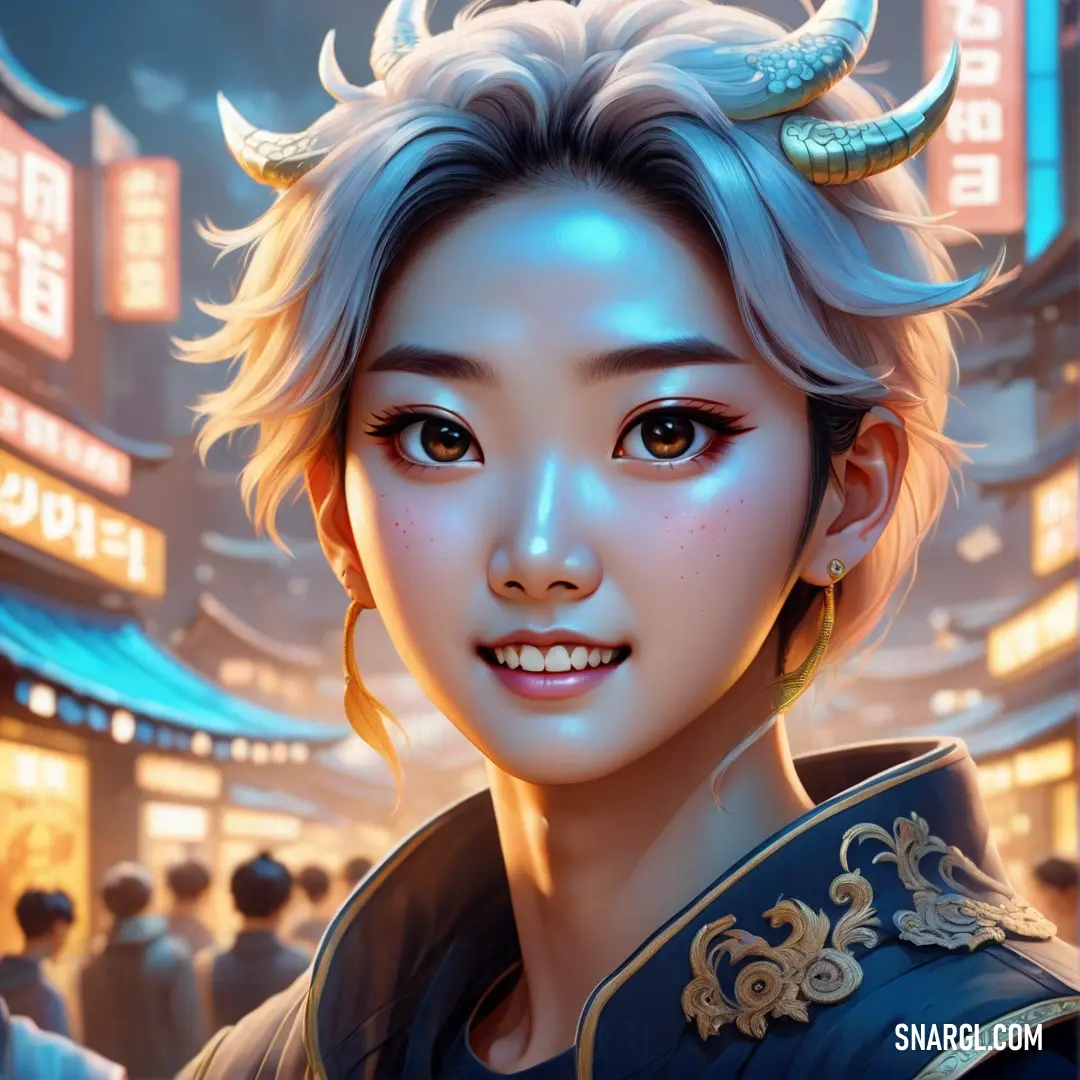
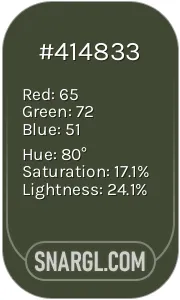 Rifle green
Rifle green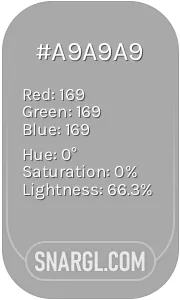 Dark gray
Dark gray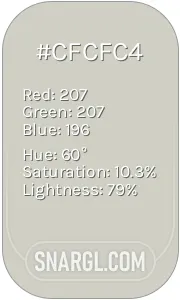 Pastel gray
Pastel gray Beaver
Beaver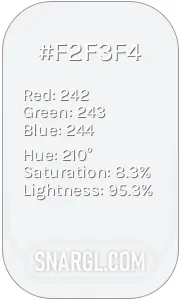 Anti-flash White
Anti-flash White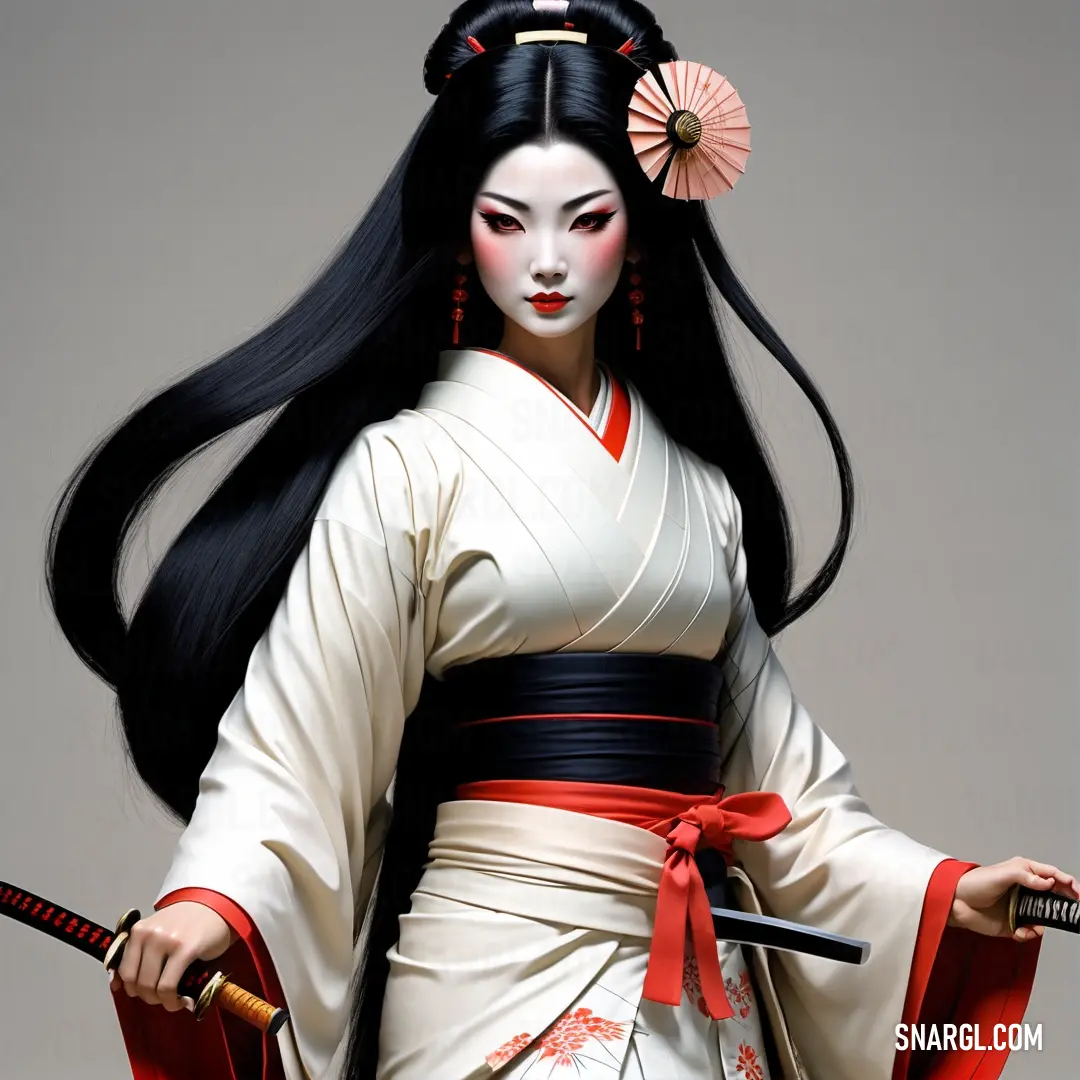
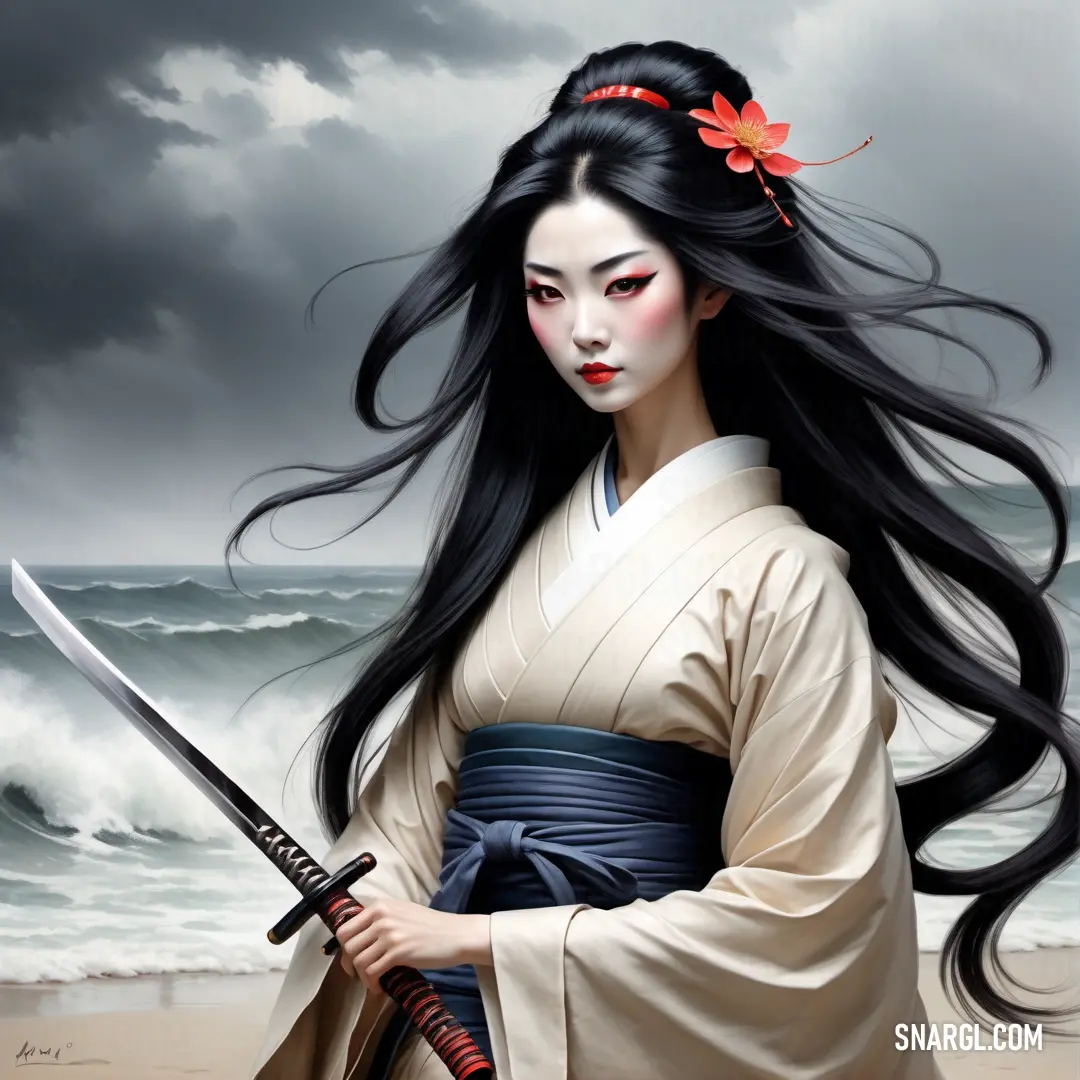
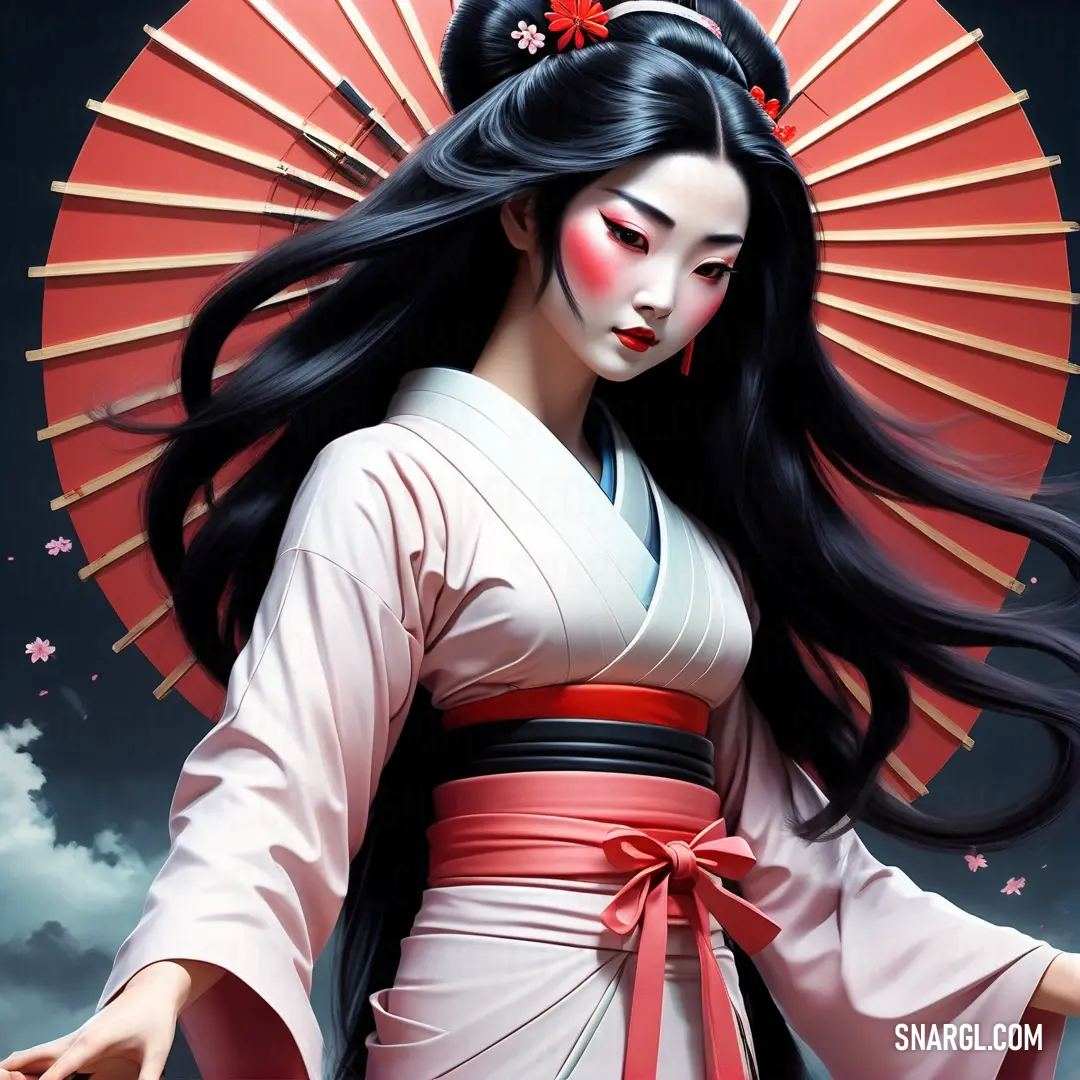
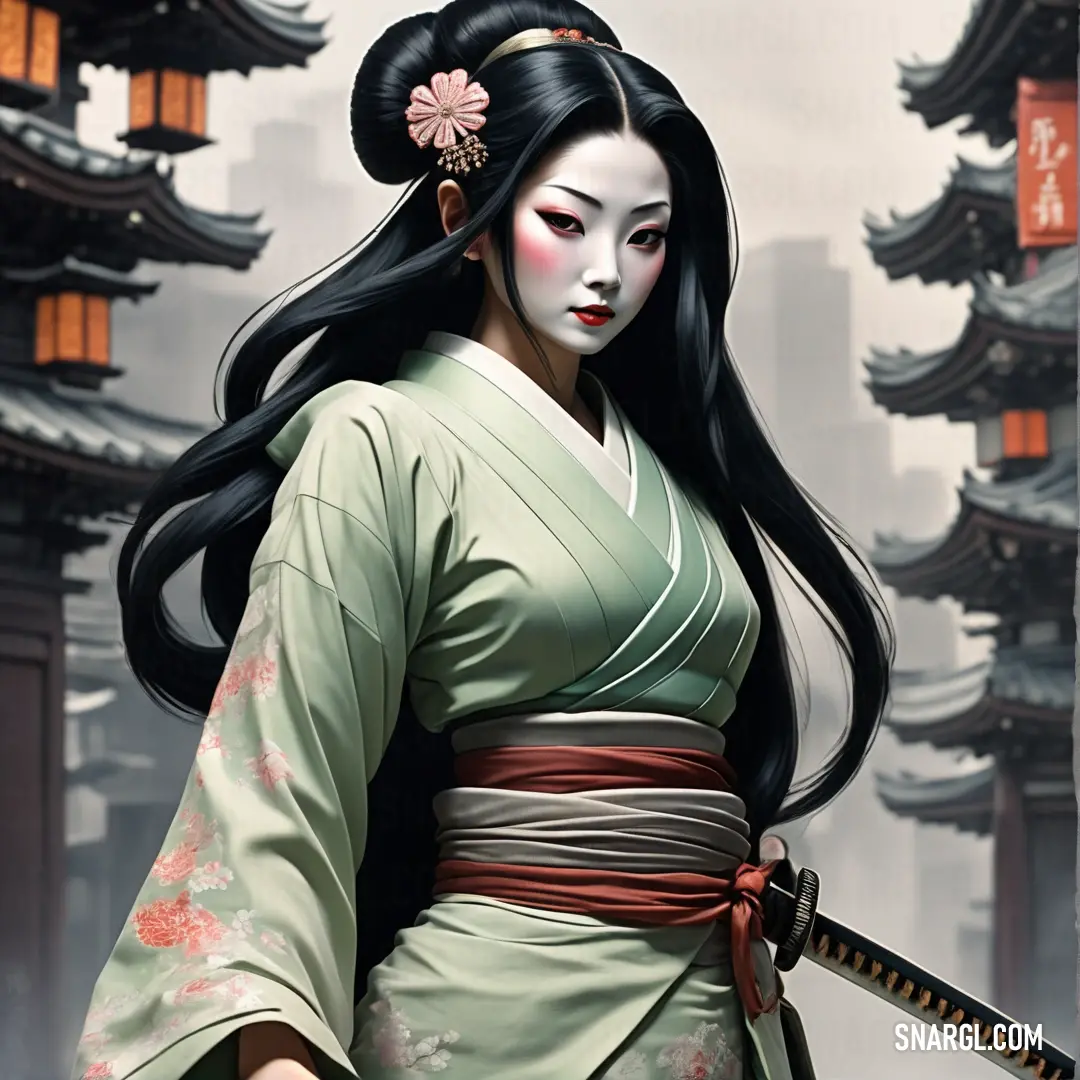
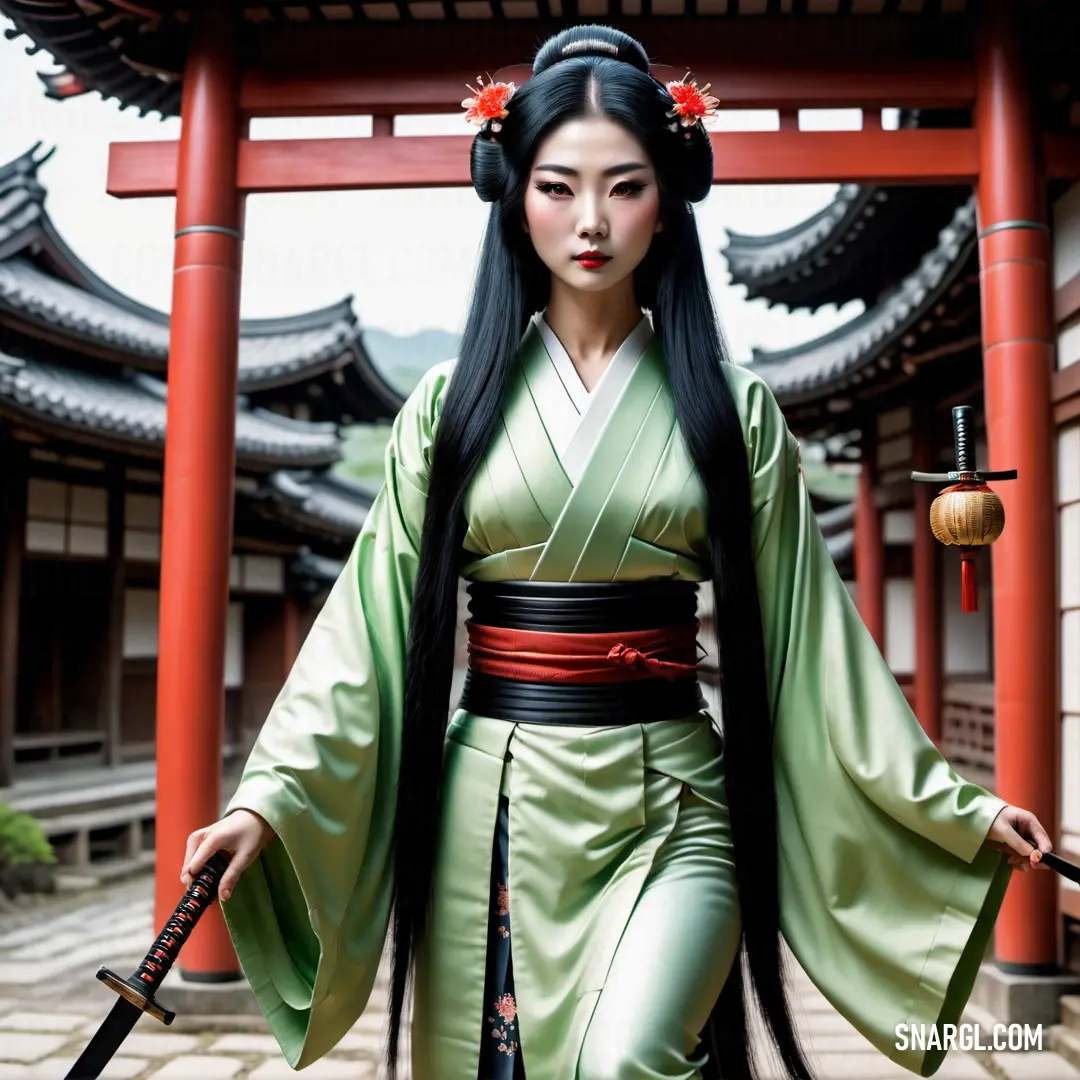
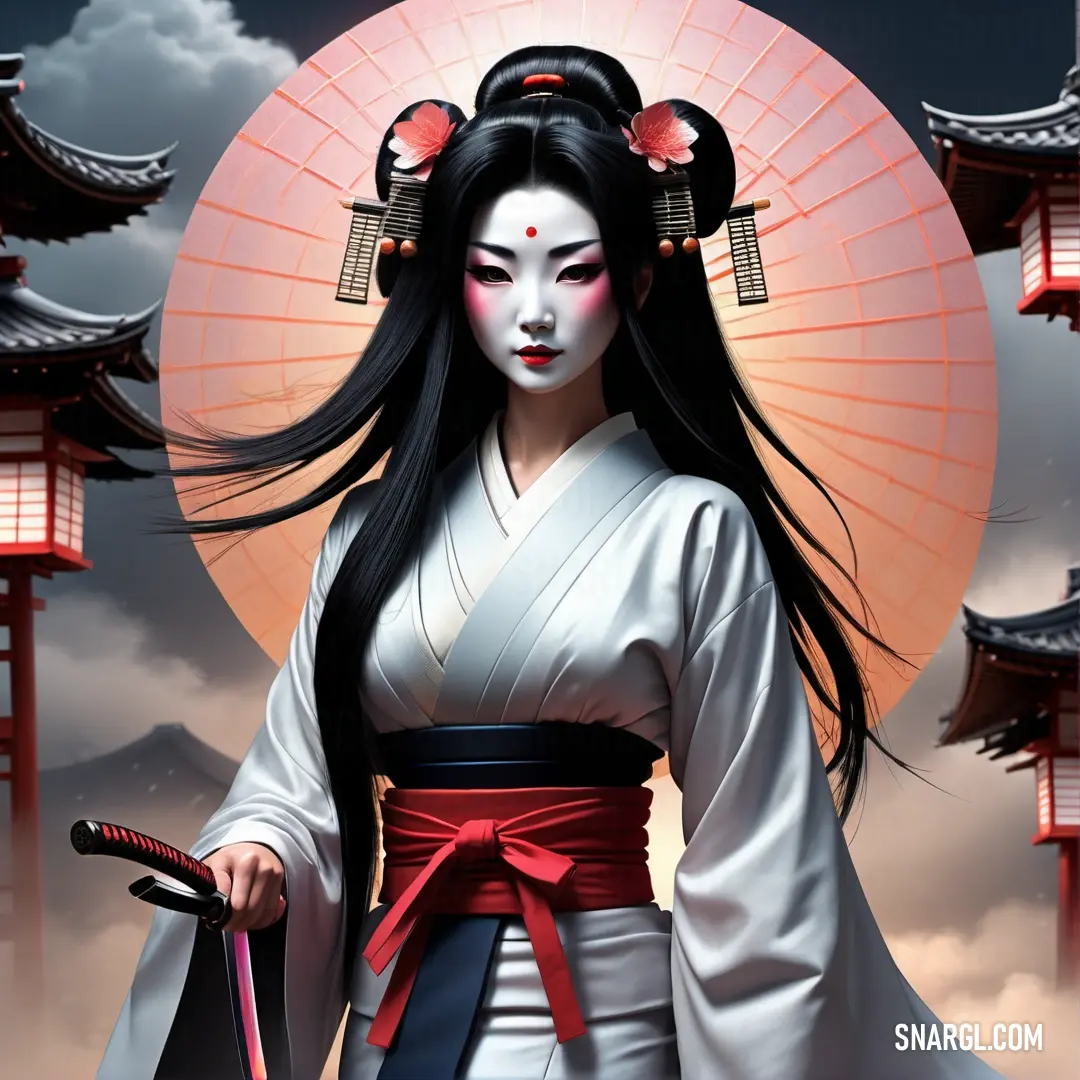
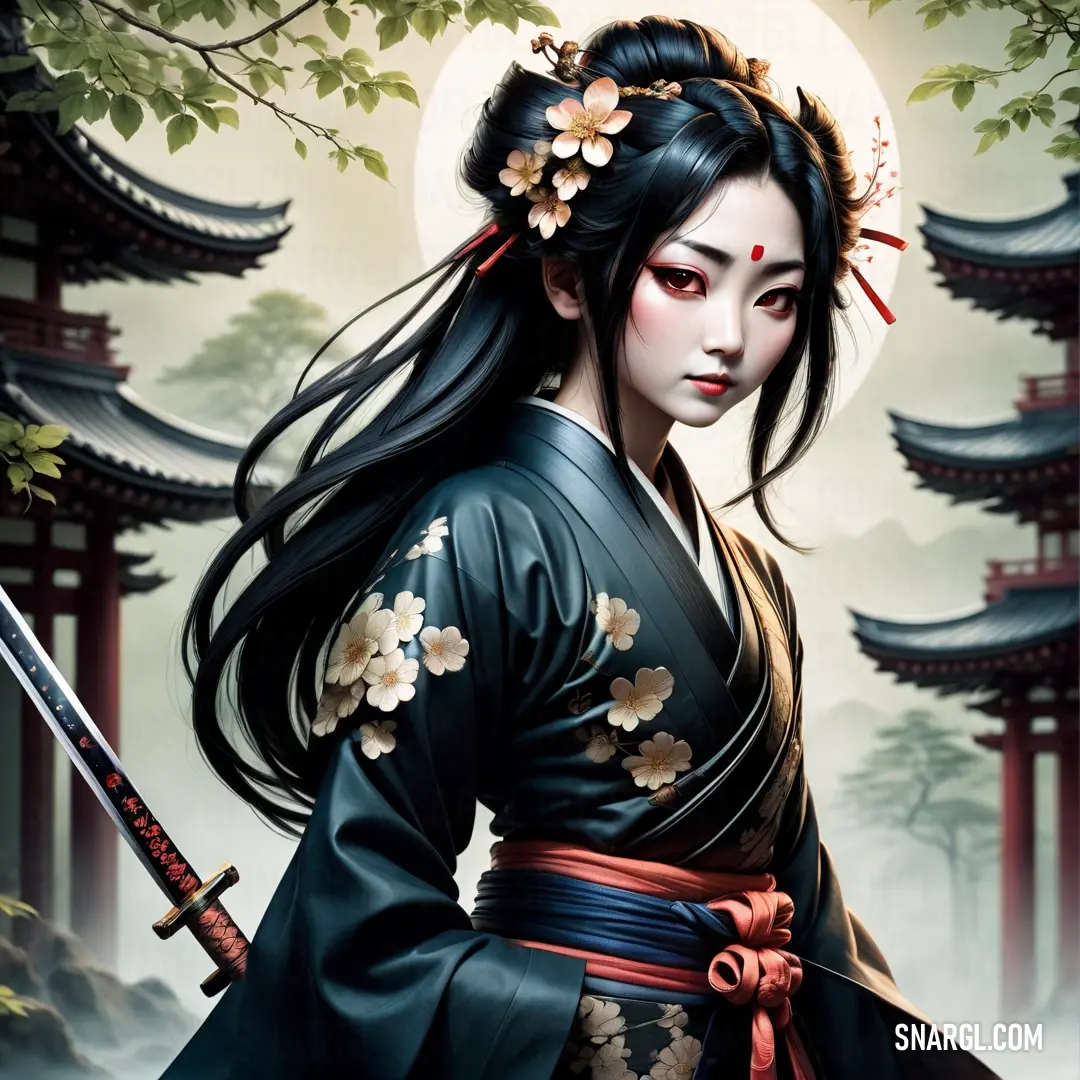
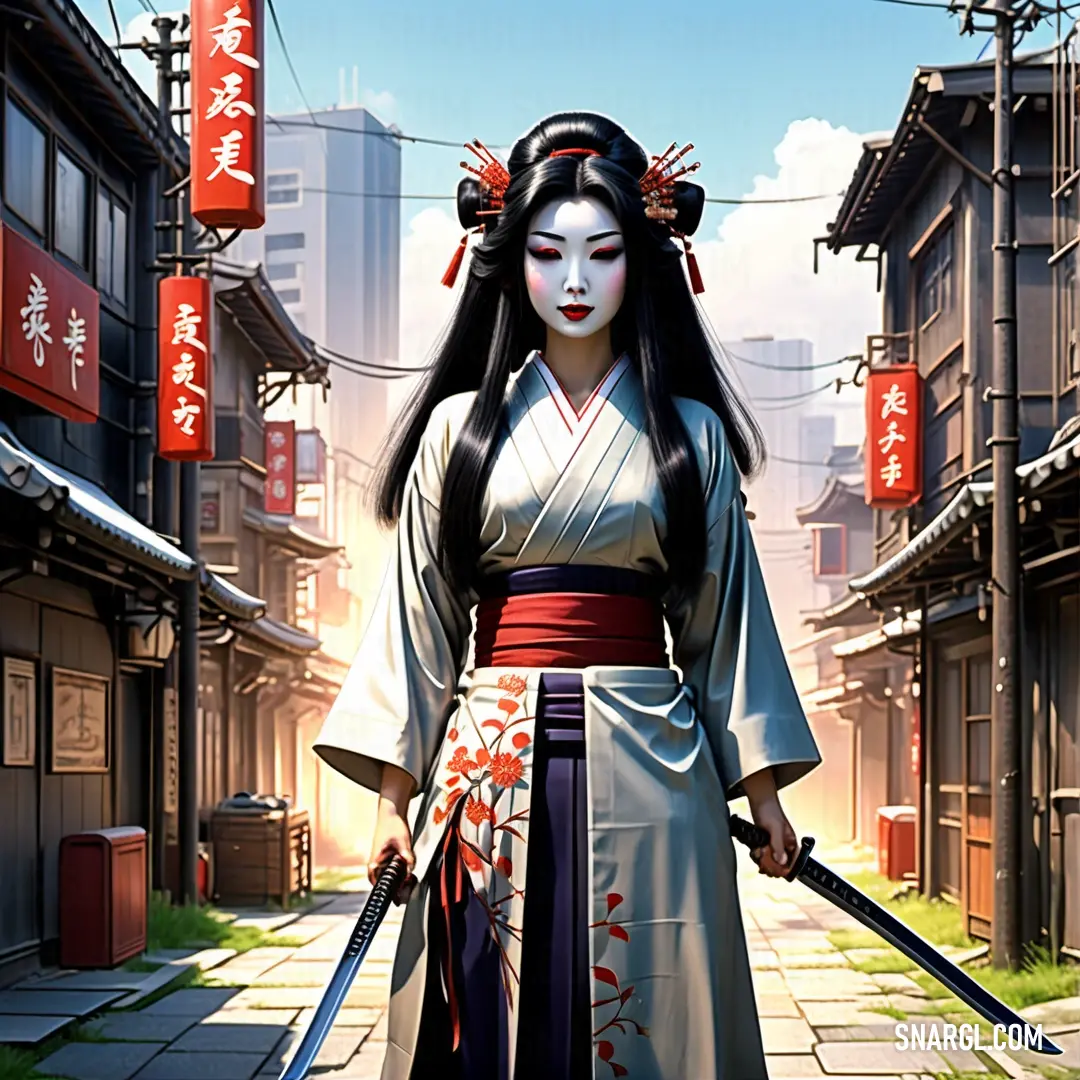
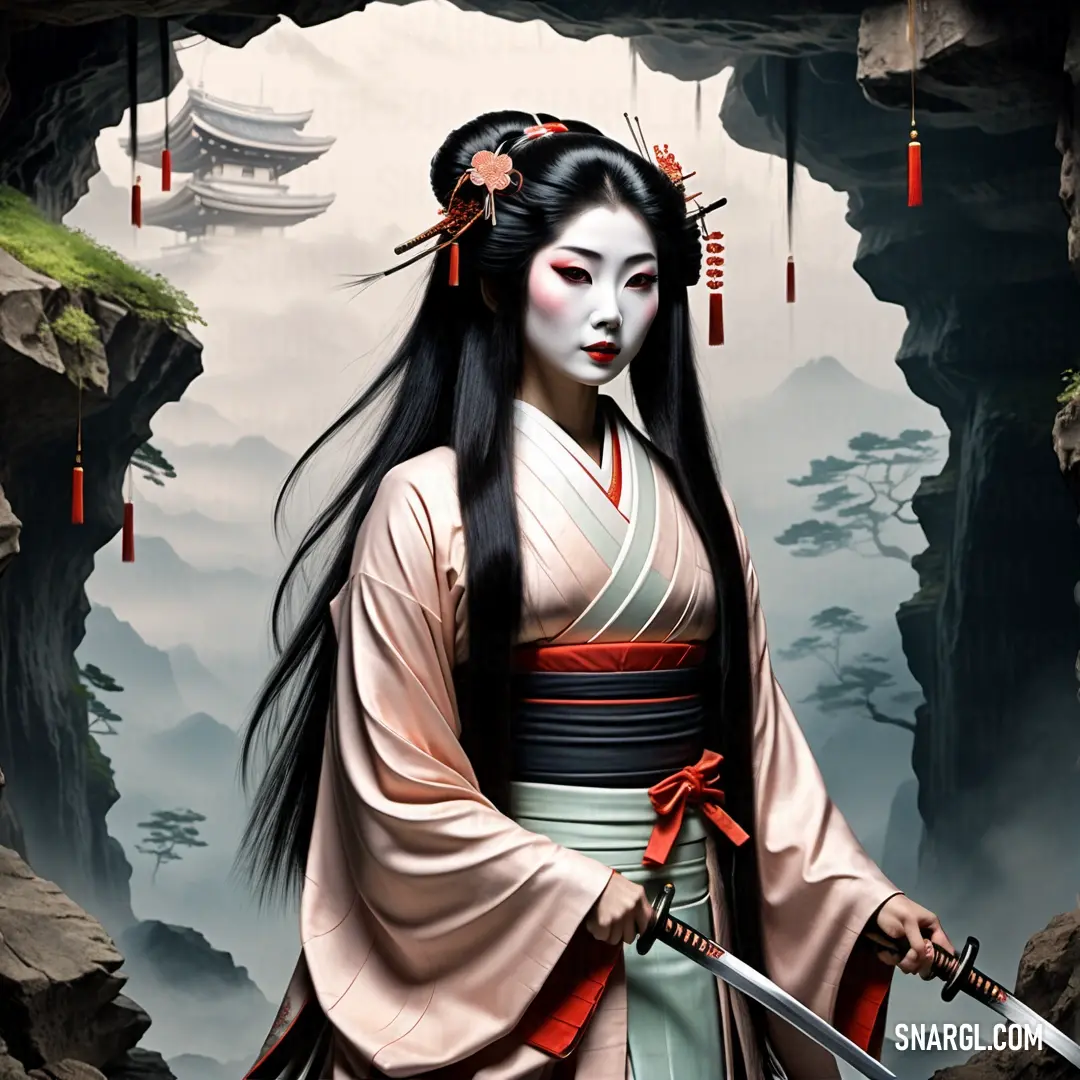
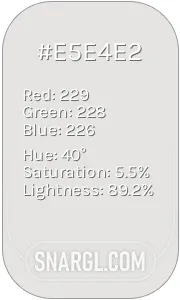 Platinum
Platinum Liver
Liver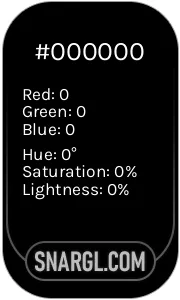 Black
Black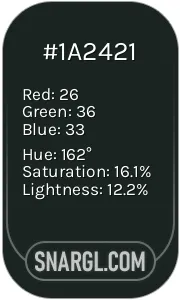 Dark jungle green
Dark jungle green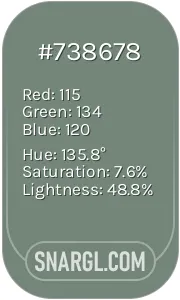 Xanadu
Xanadu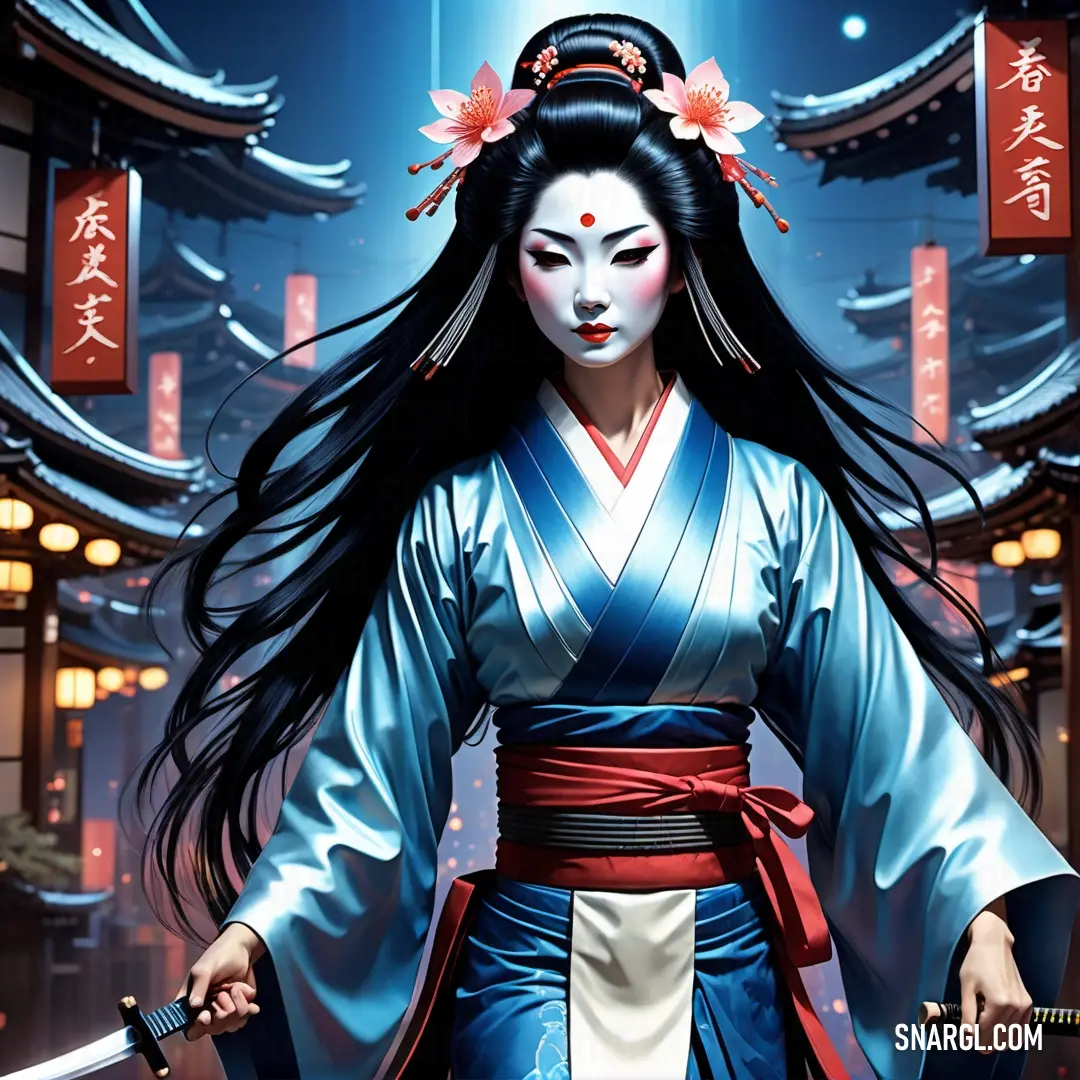
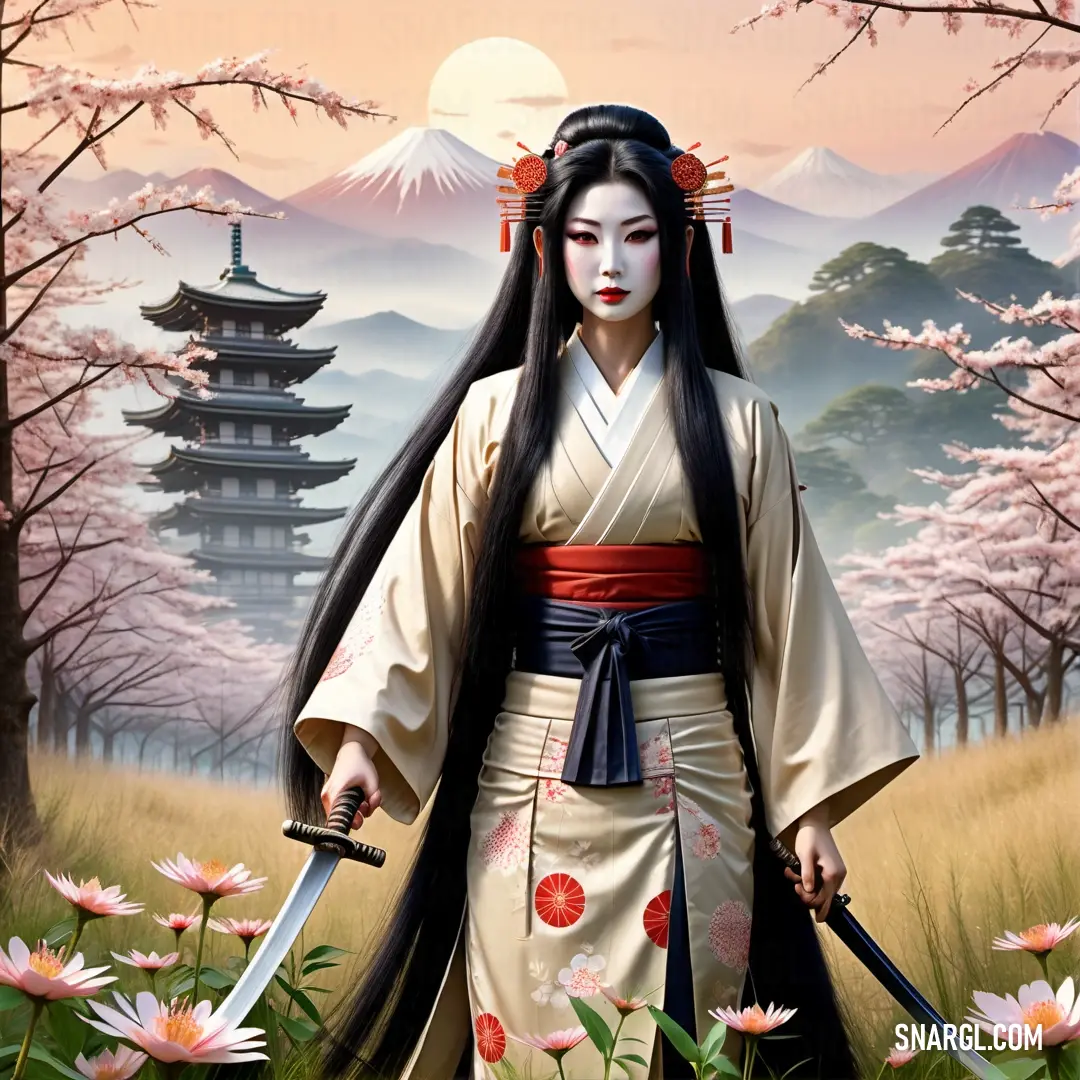
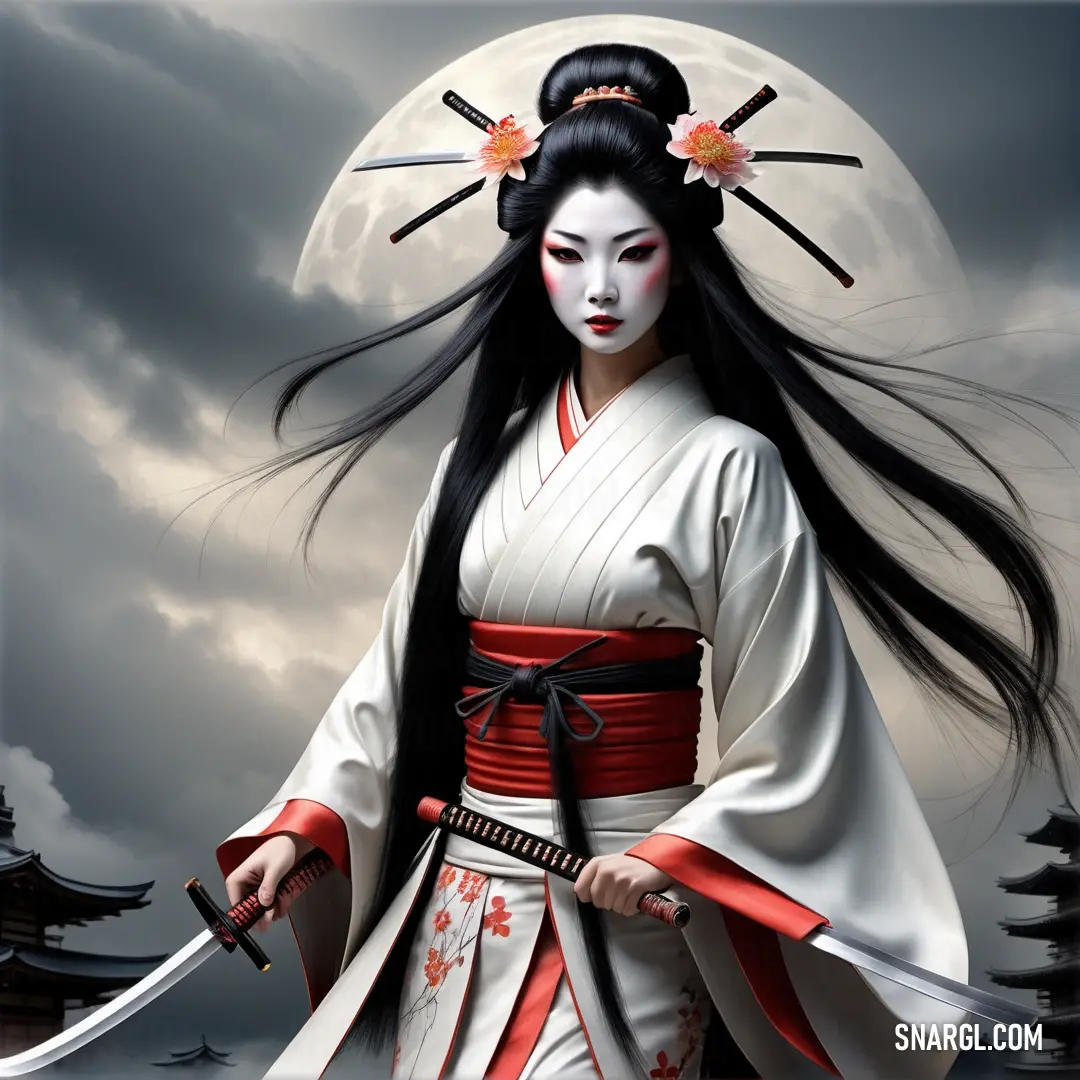
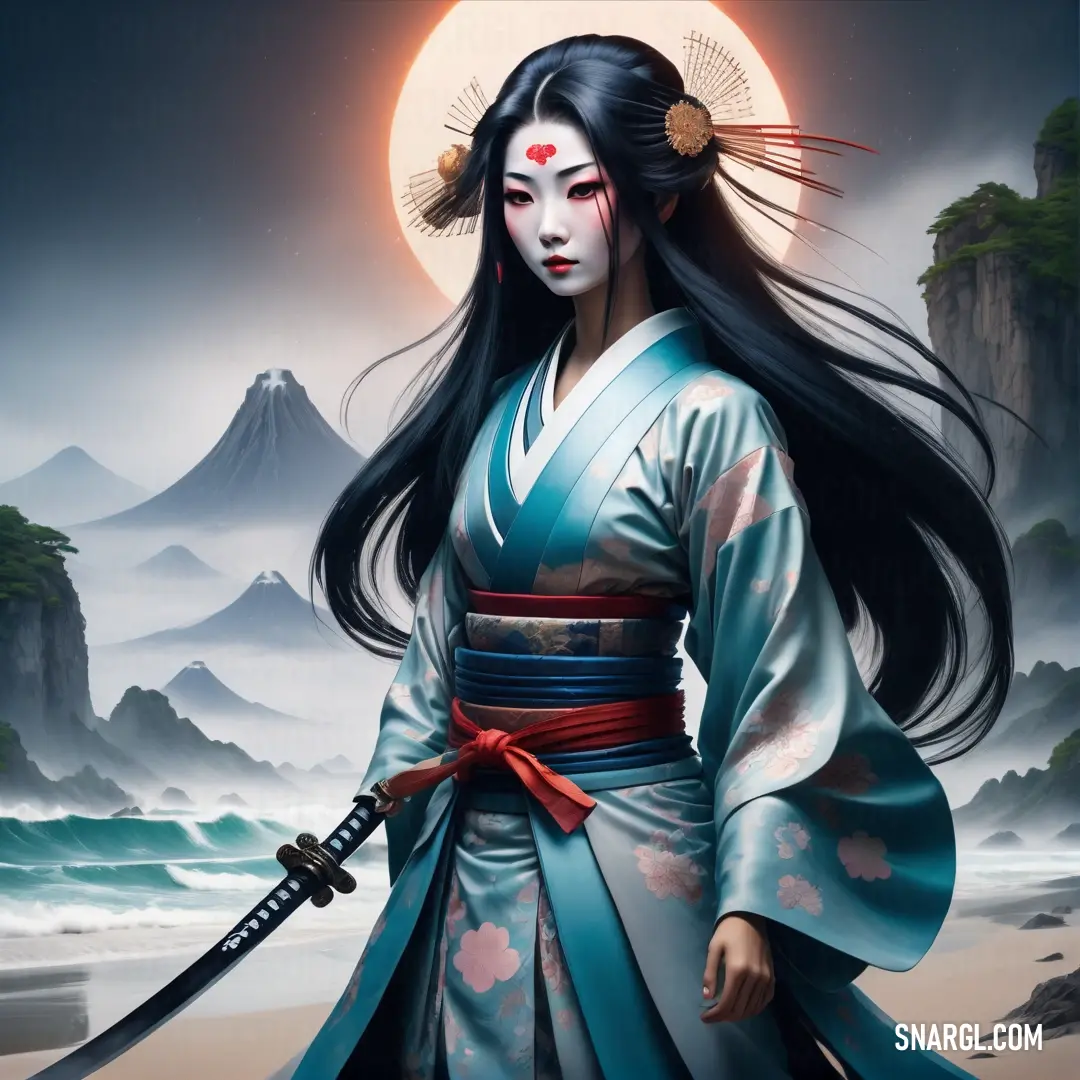
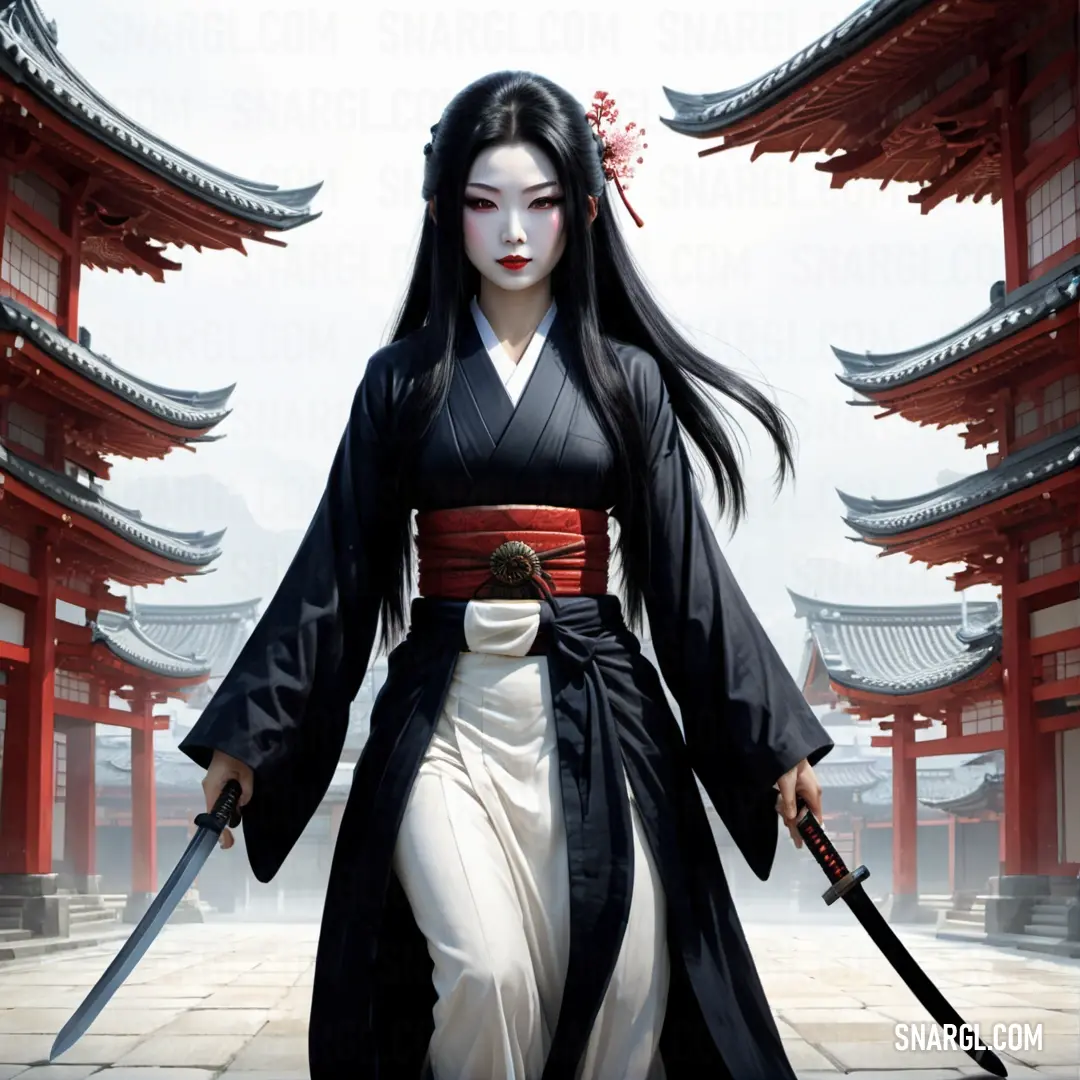
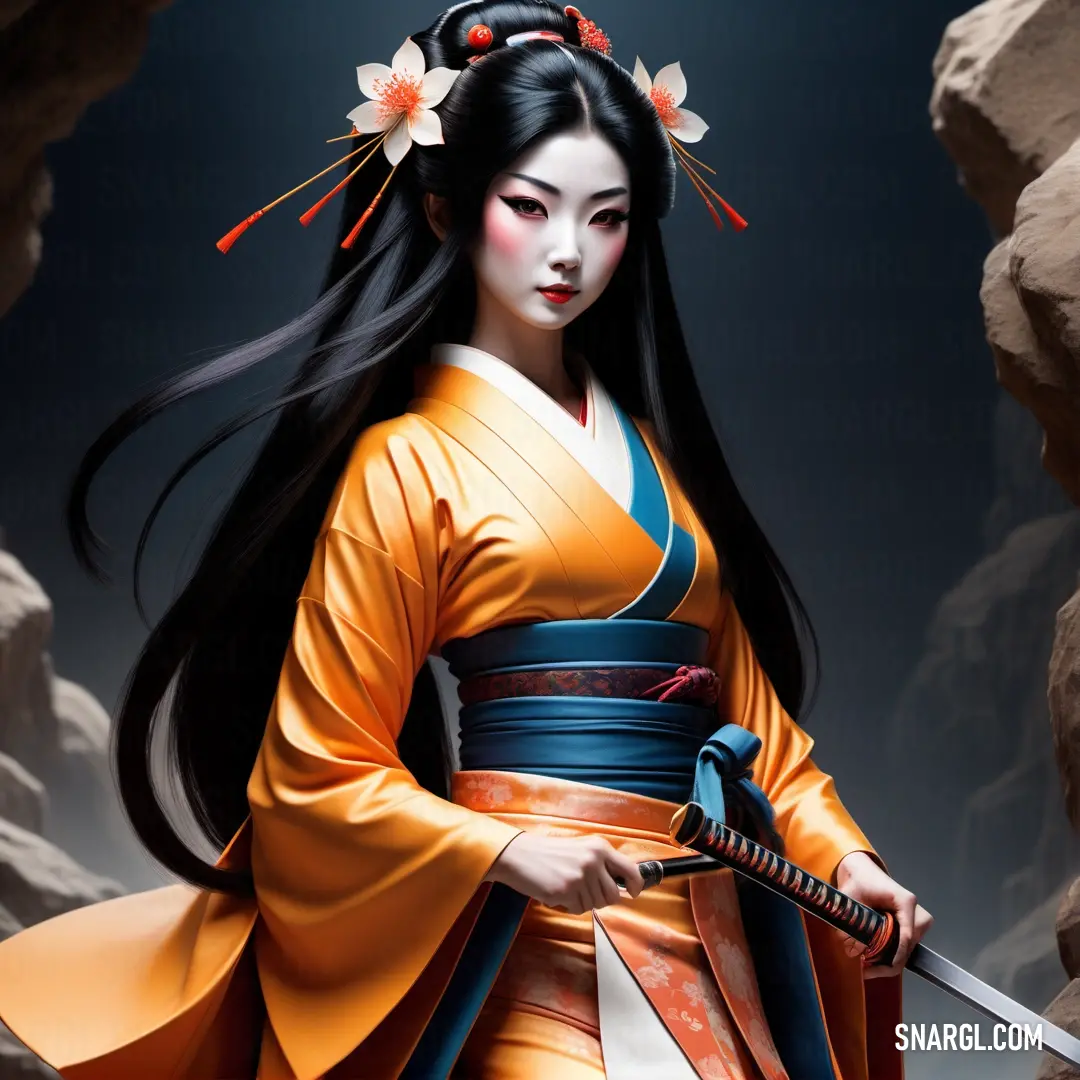
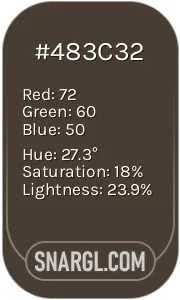 Dark lava
Dark lava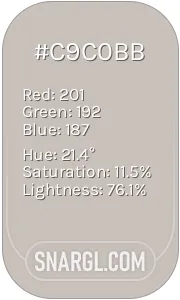 Pale silver
Pale silver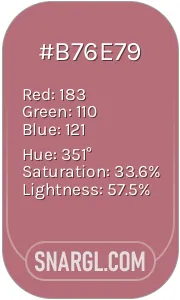 Rose gold
Rose gold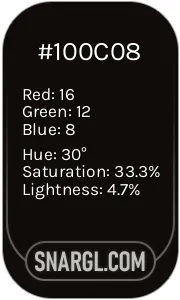 Smoky black
Smoky black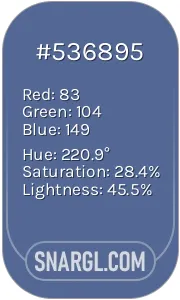 UCLA Blue
UCLA Blue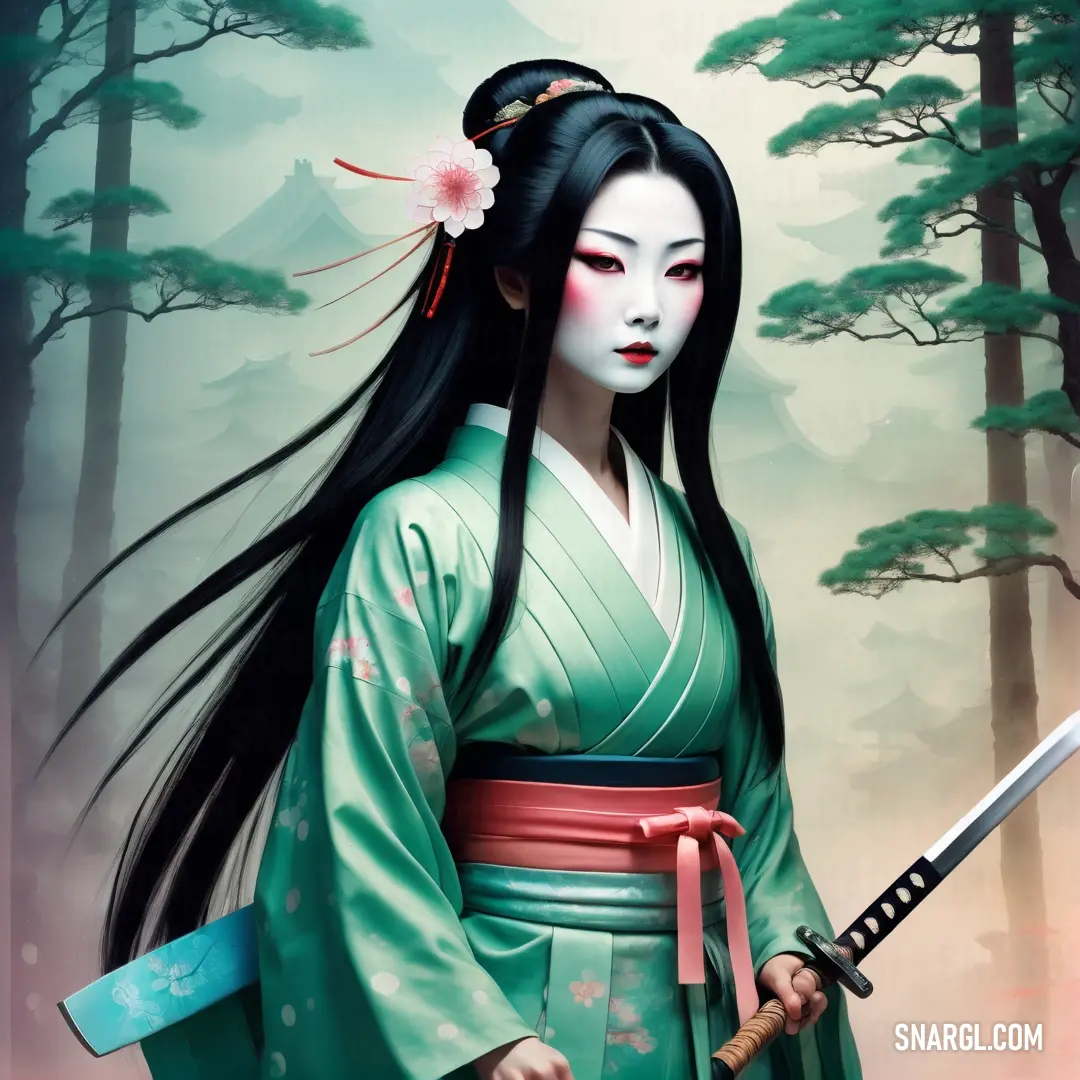
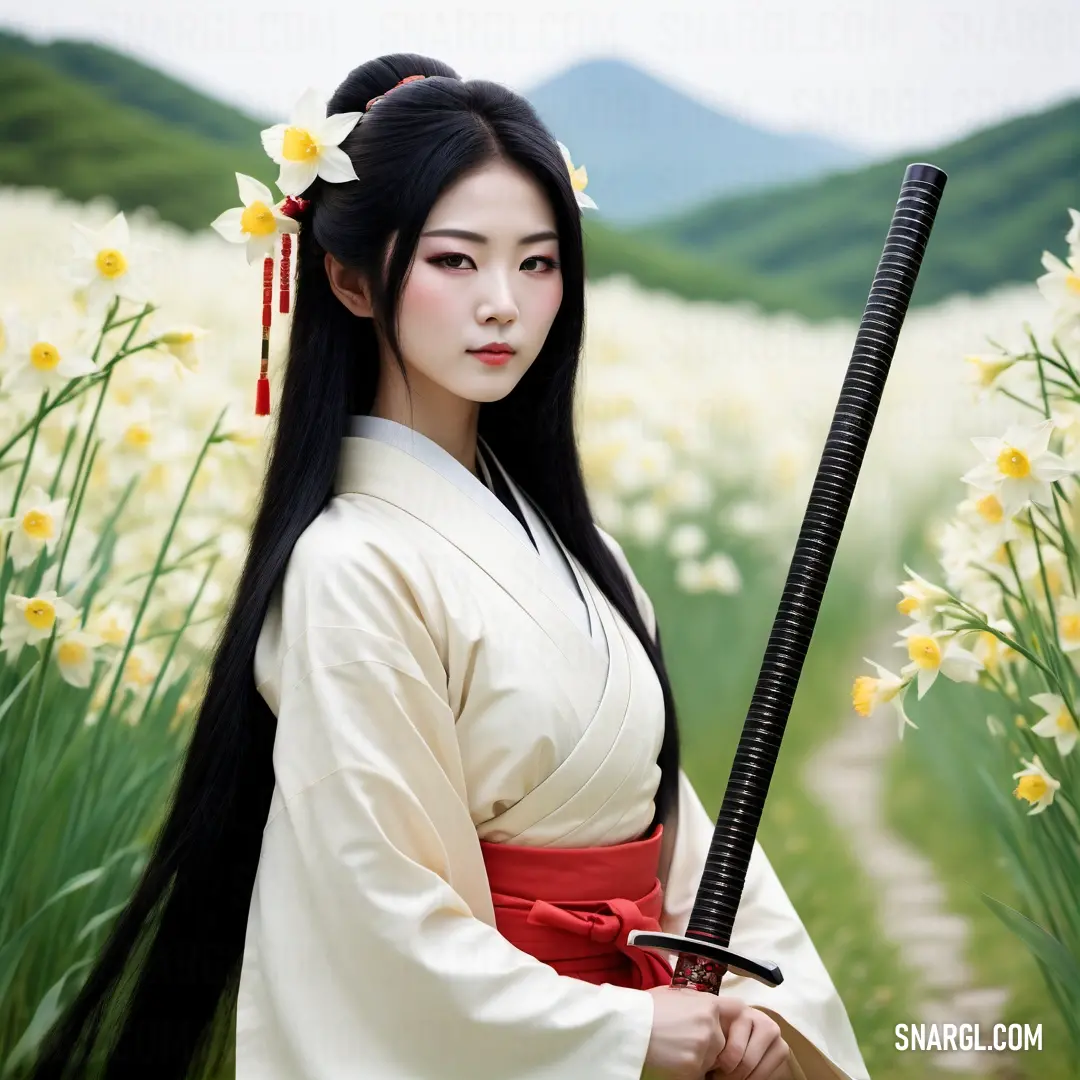
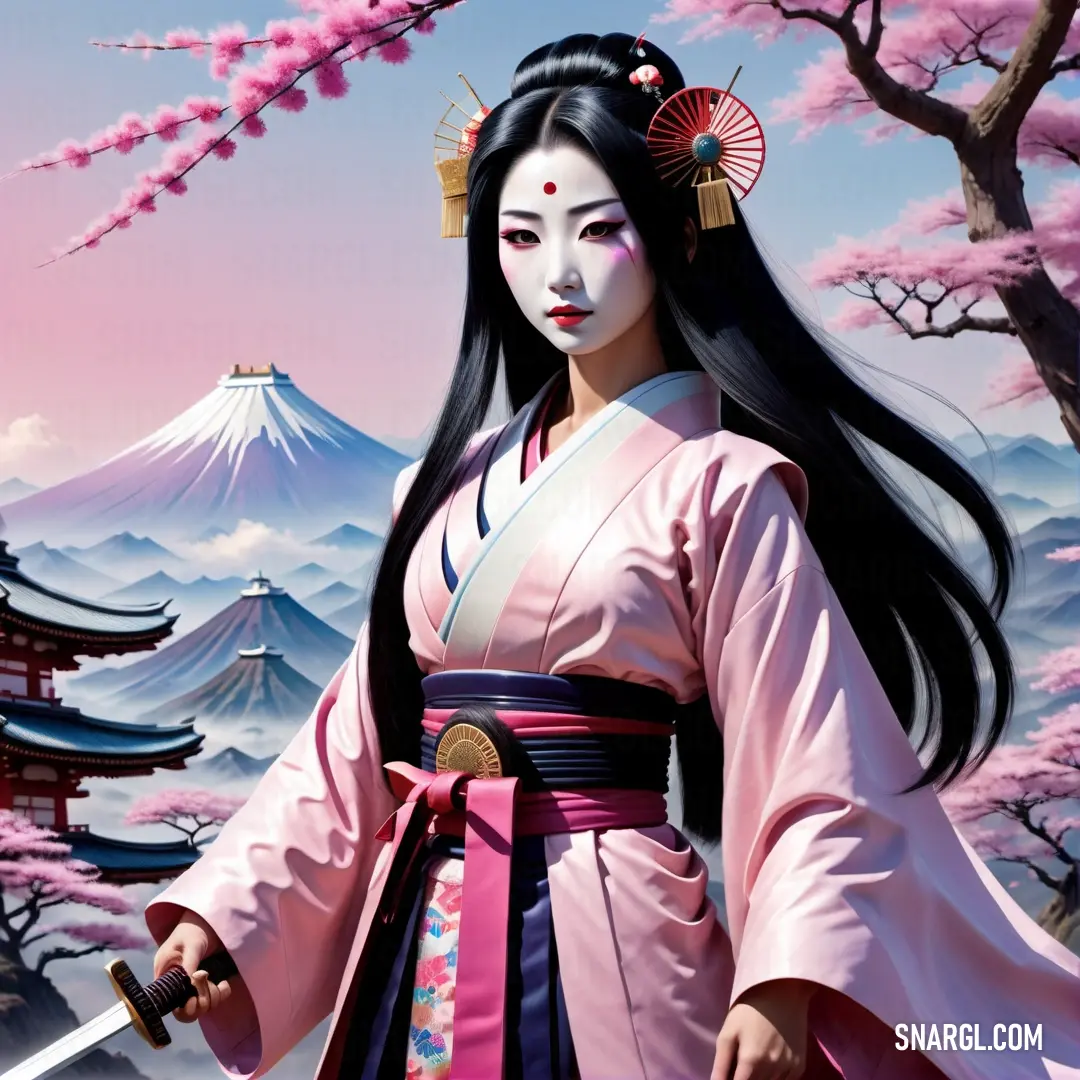
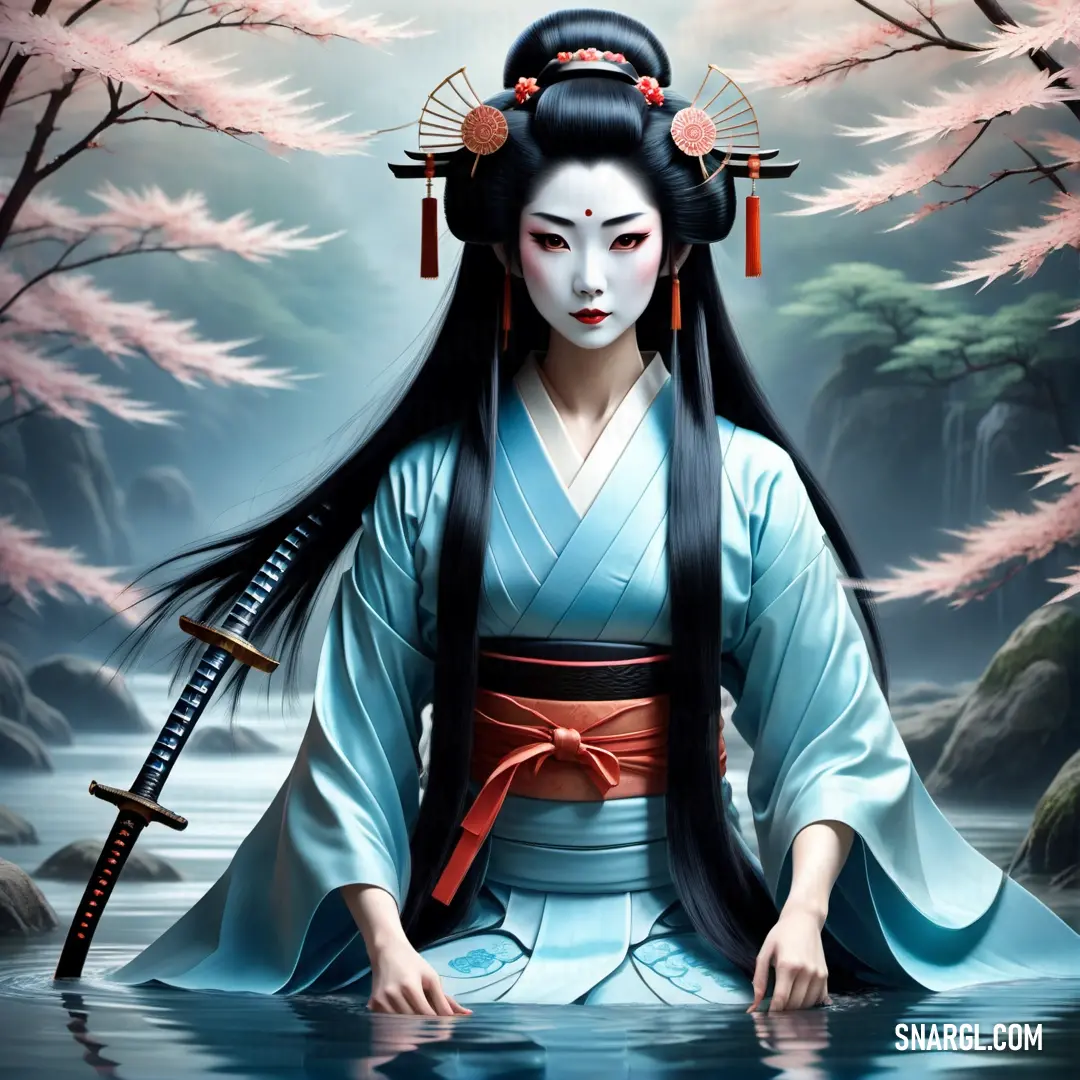
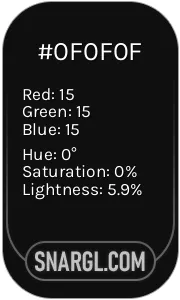 Onyx
Onyx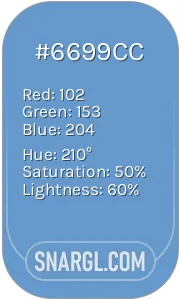 Blue Gray
Blue Gray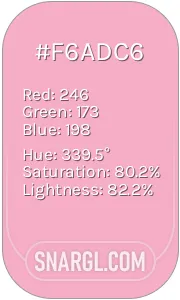 Nadeshiko pink
Nadeshiko pink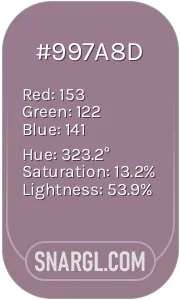 Mountbatten pink
Mountbatten pink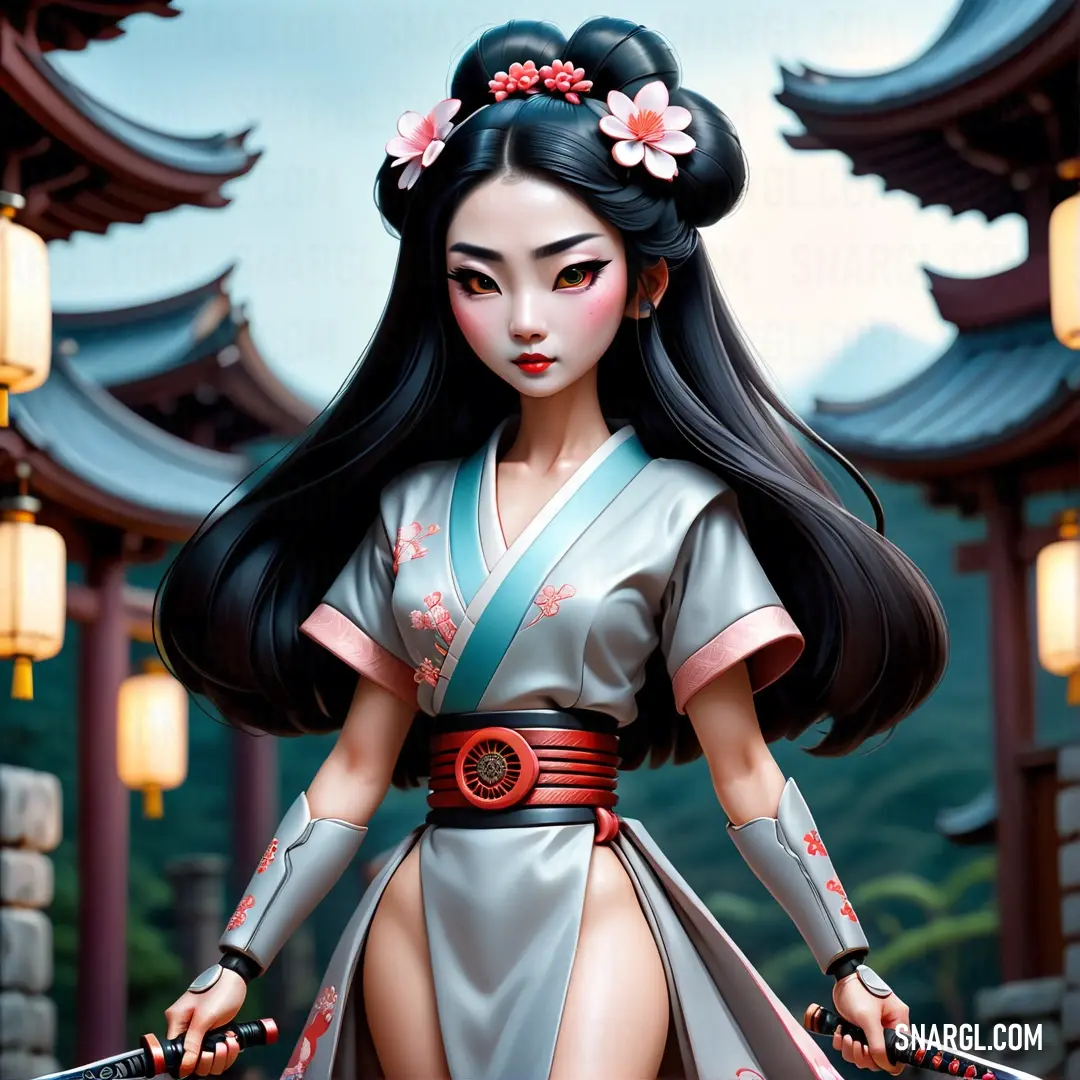

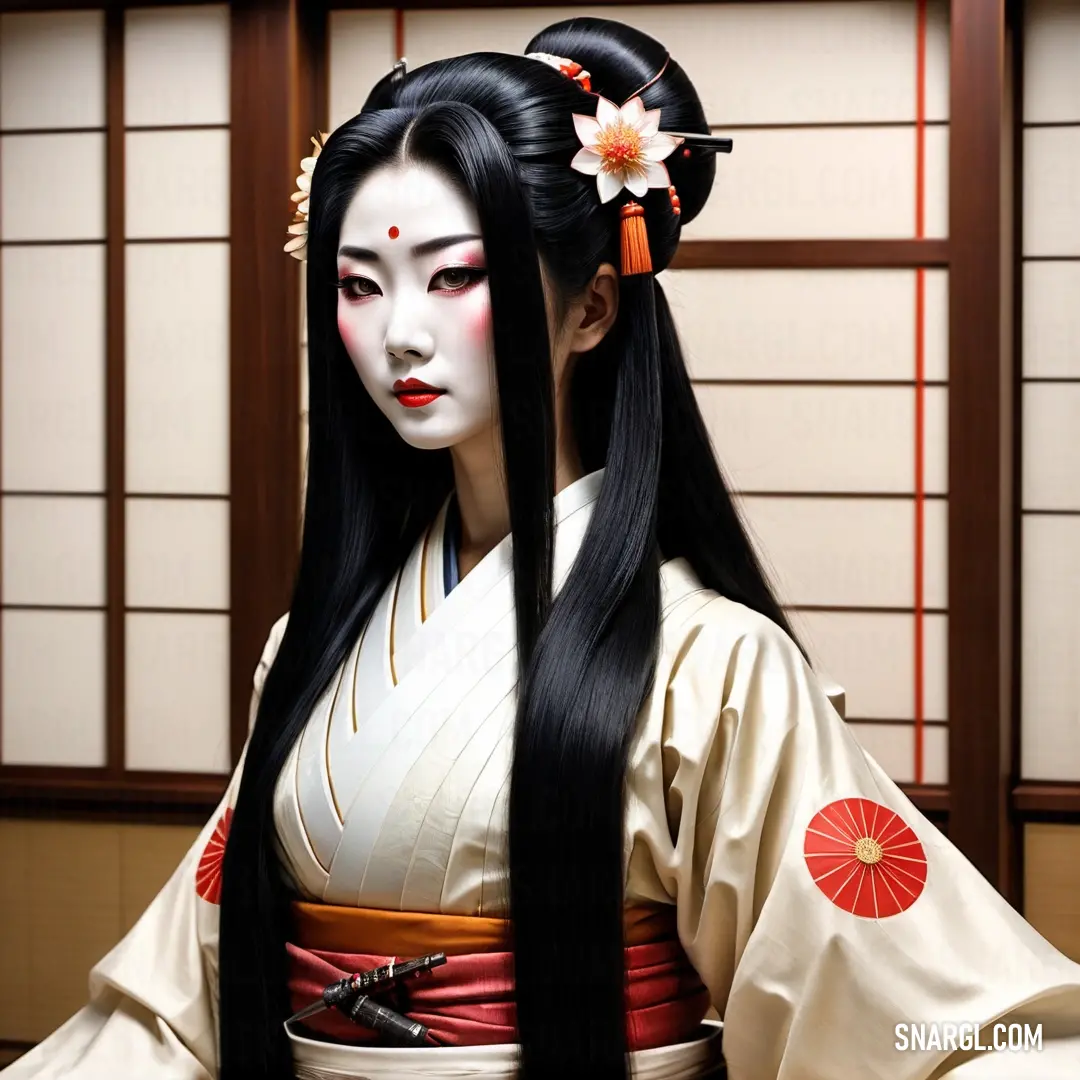
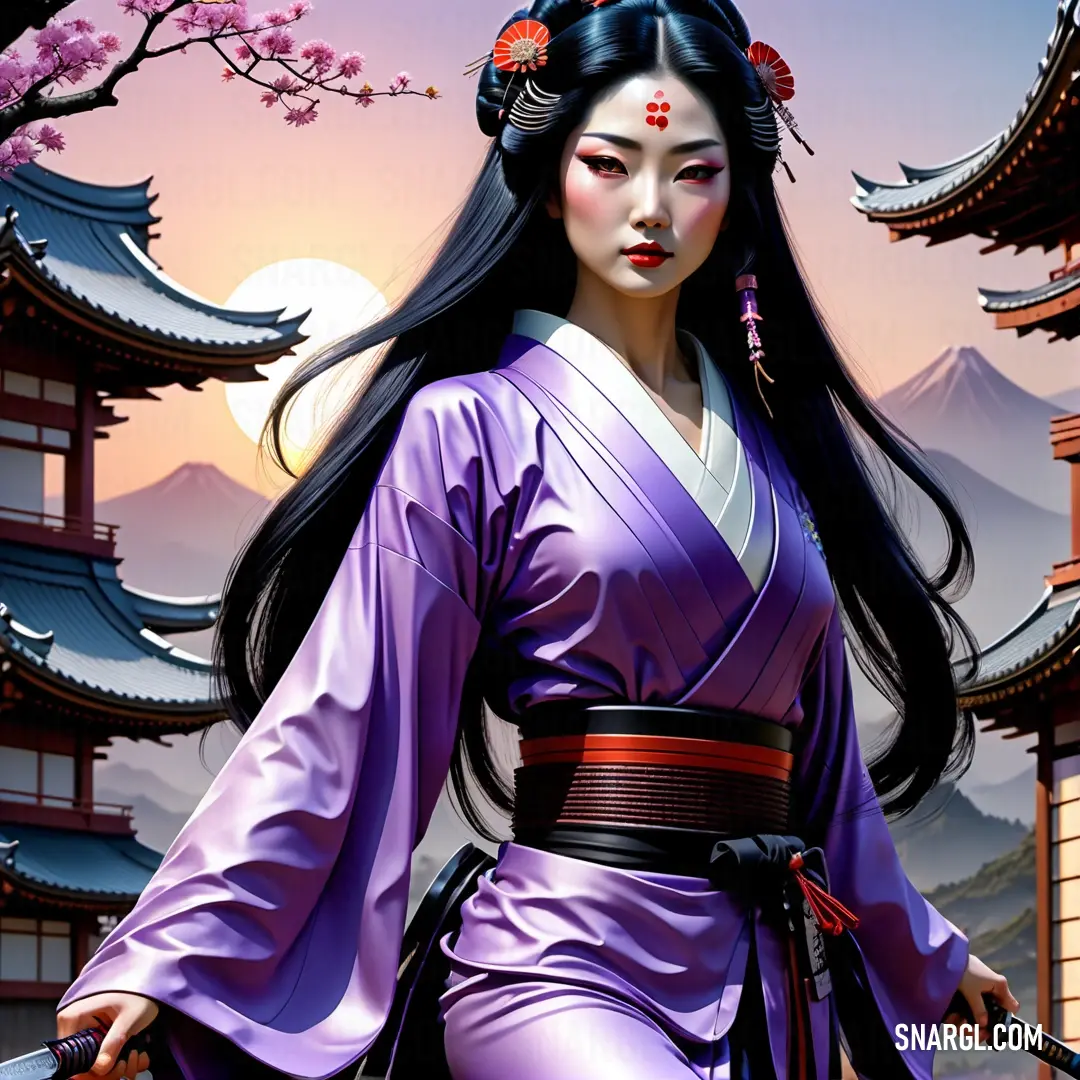
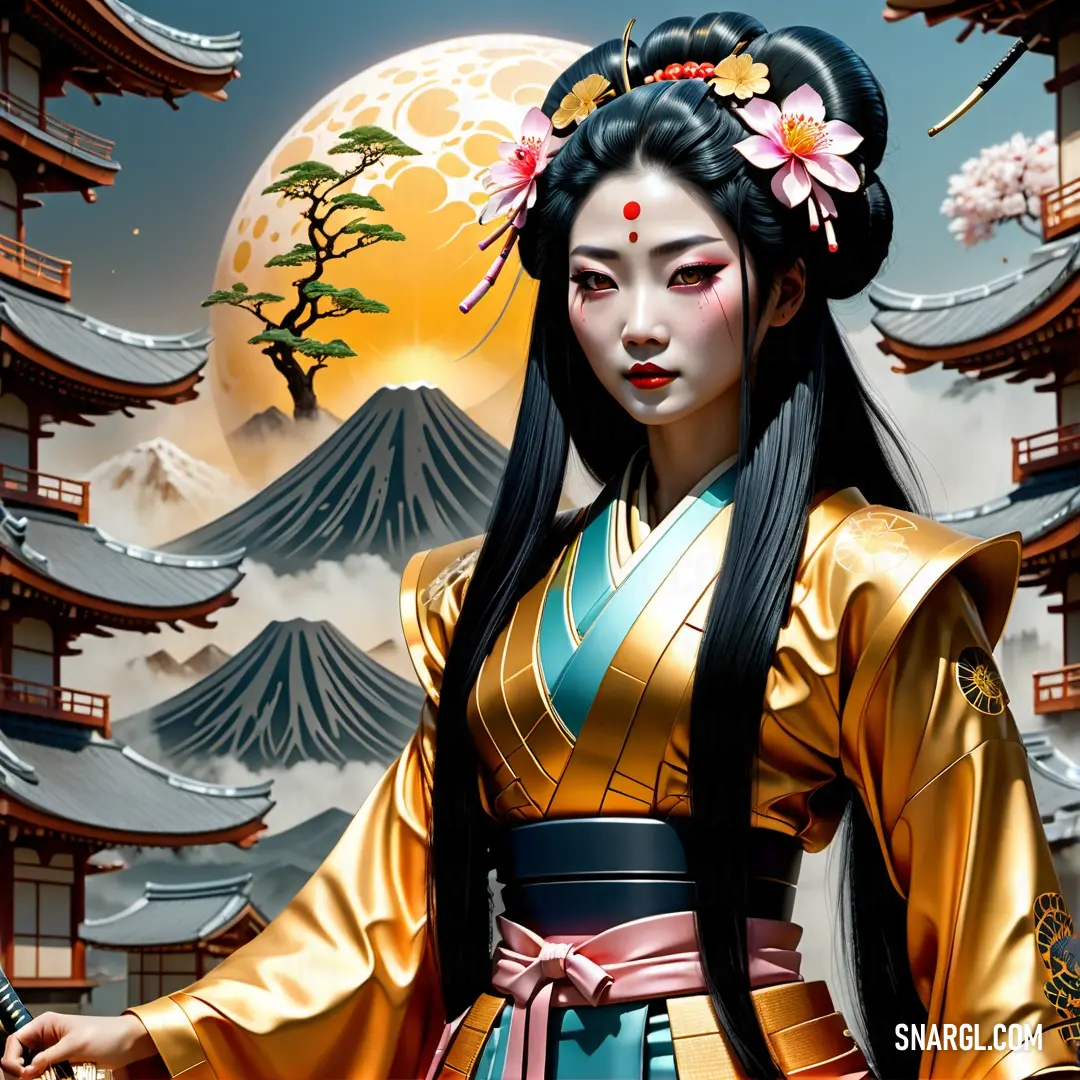
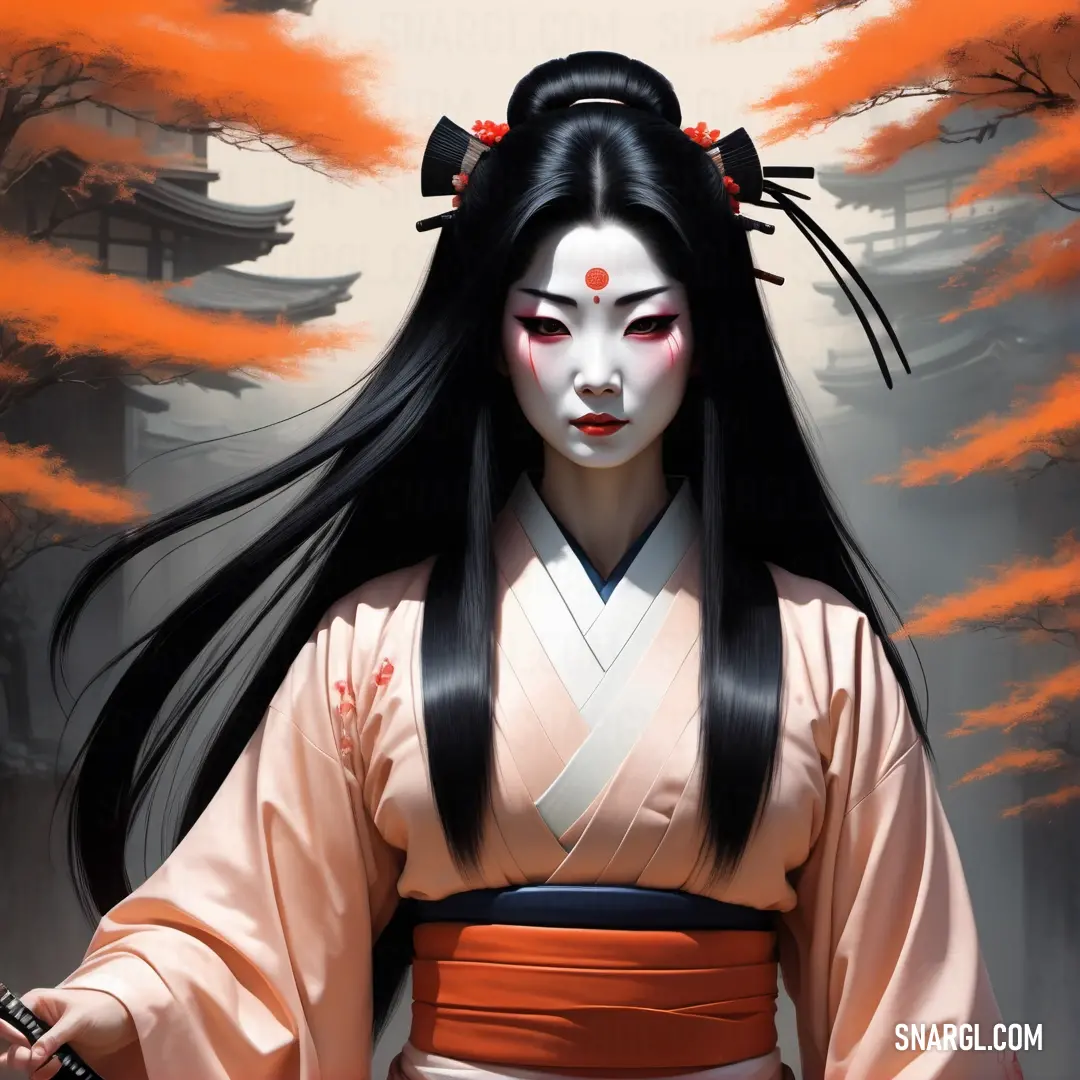
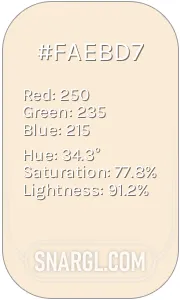 Antique White
Antique White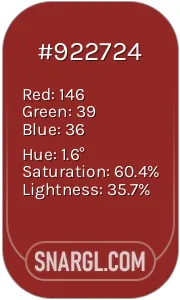 Vivid auburn
Vivid auburn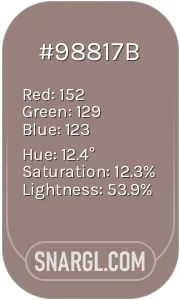 Cinereous
Cinereous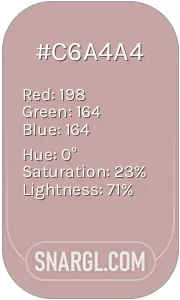 Pale mauve
Pale mauve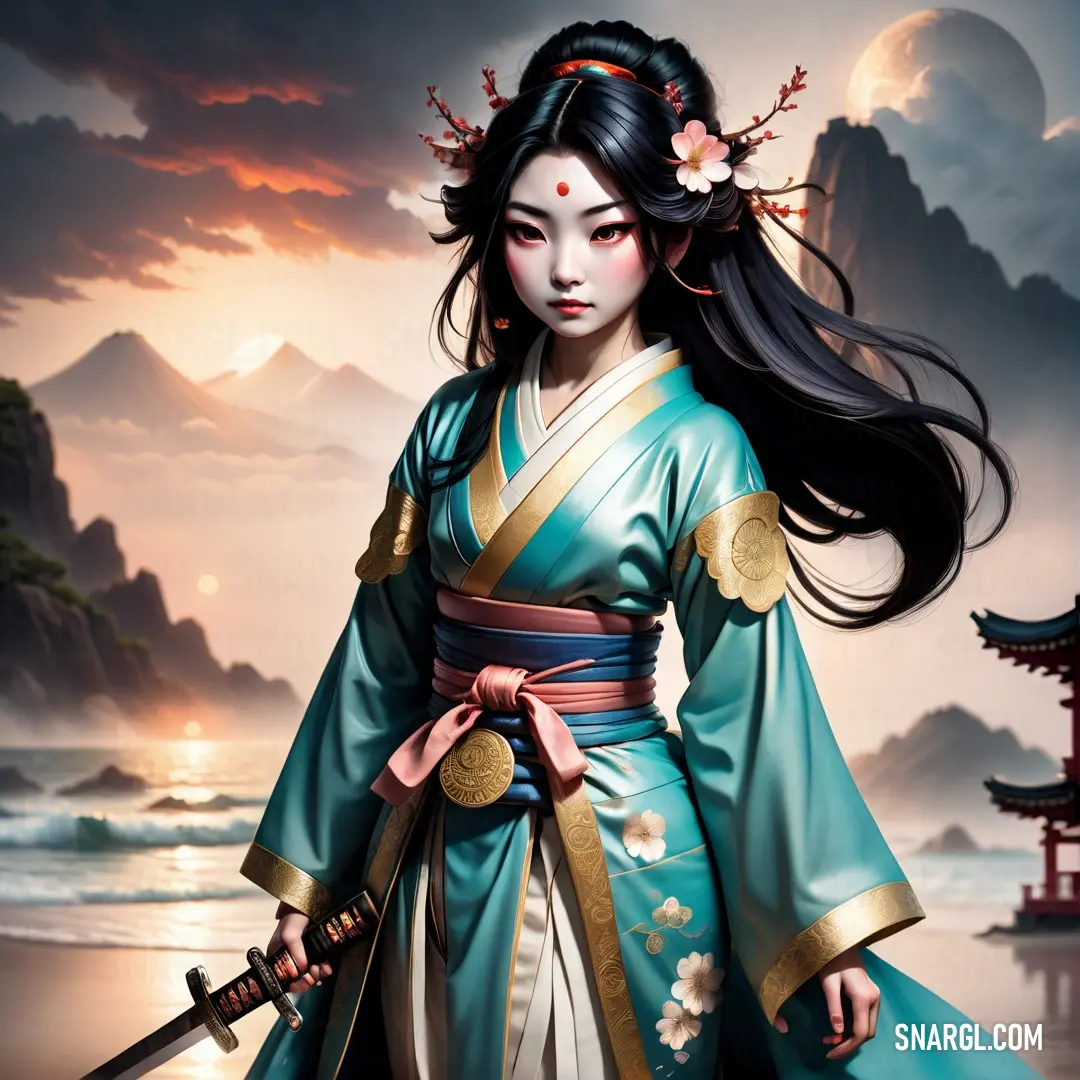
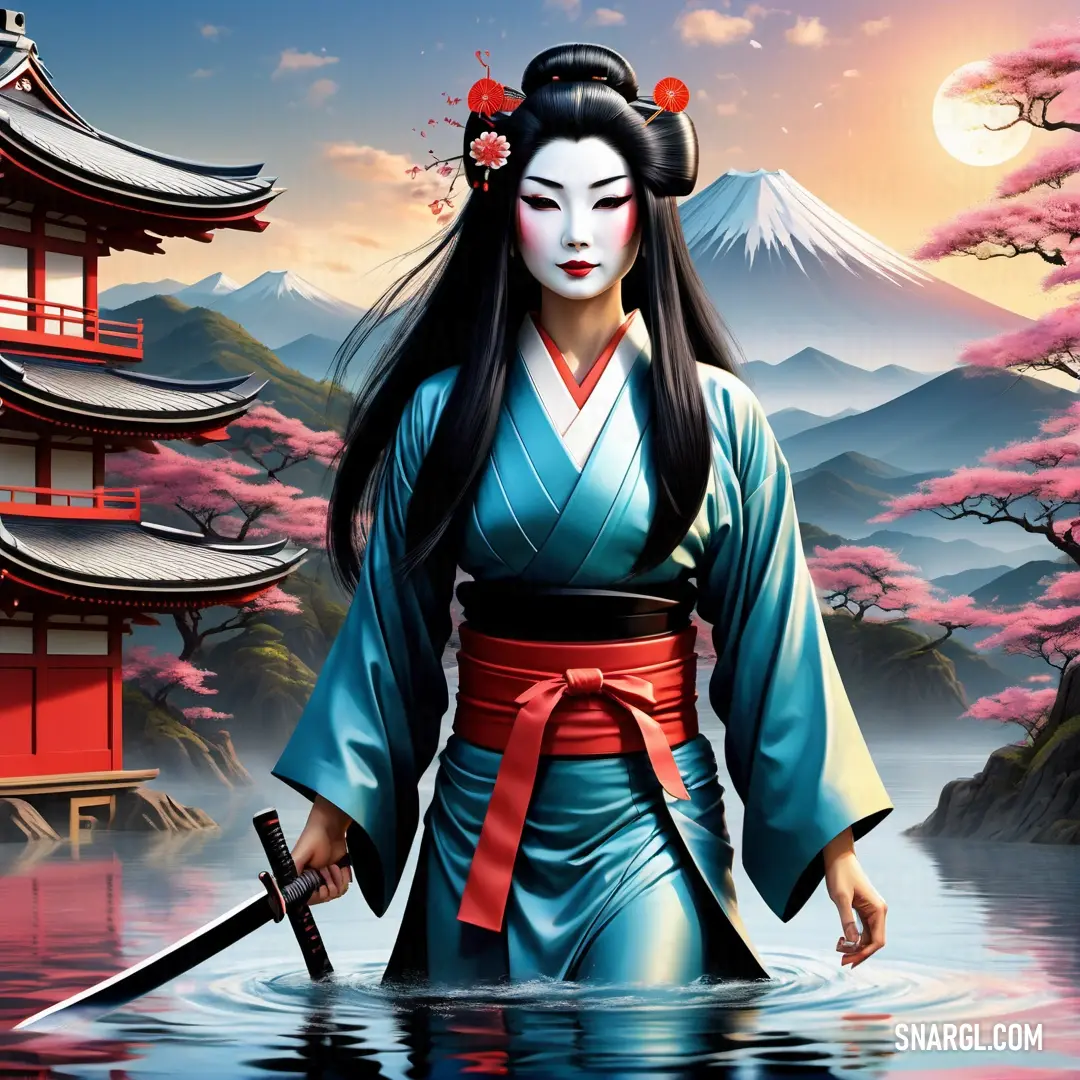
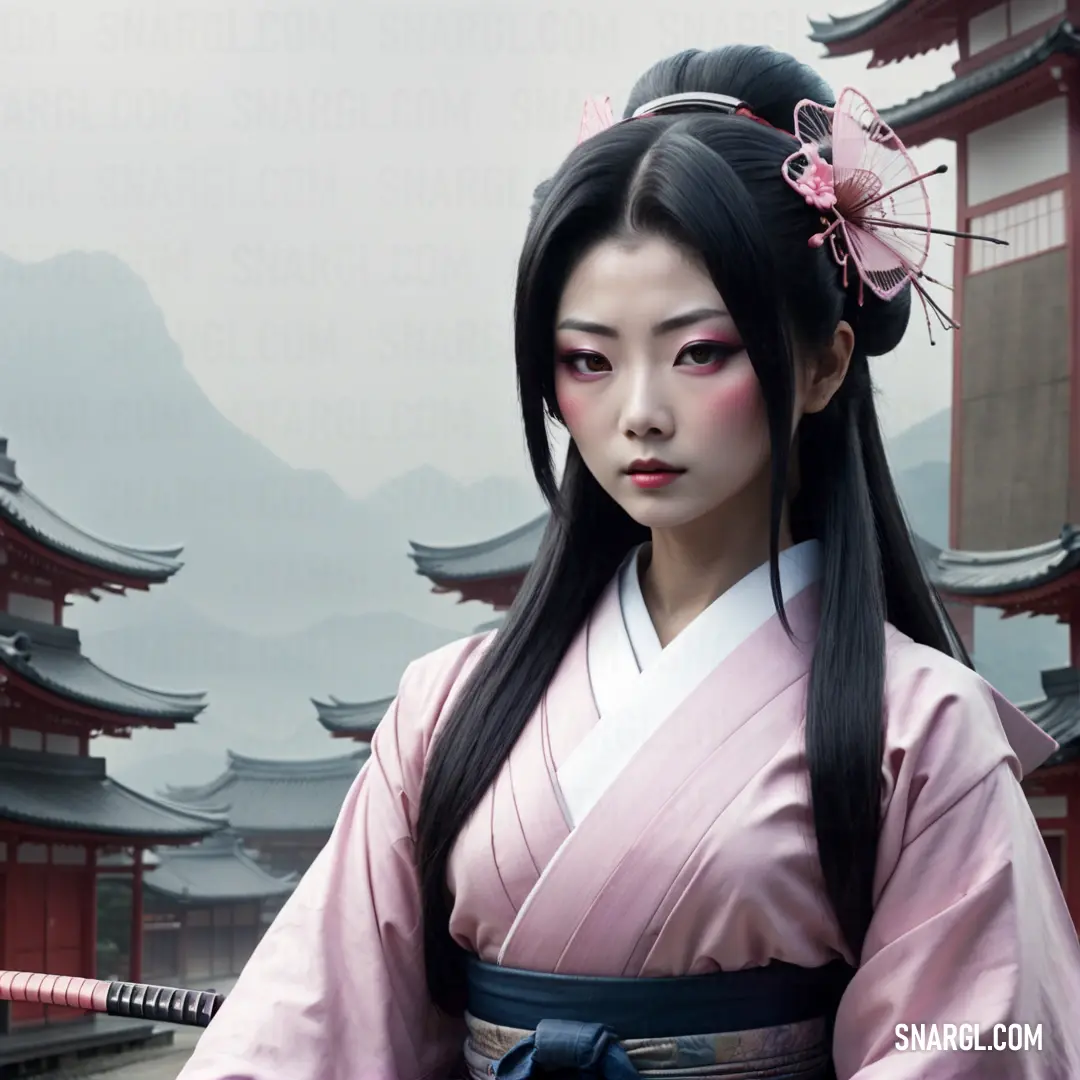
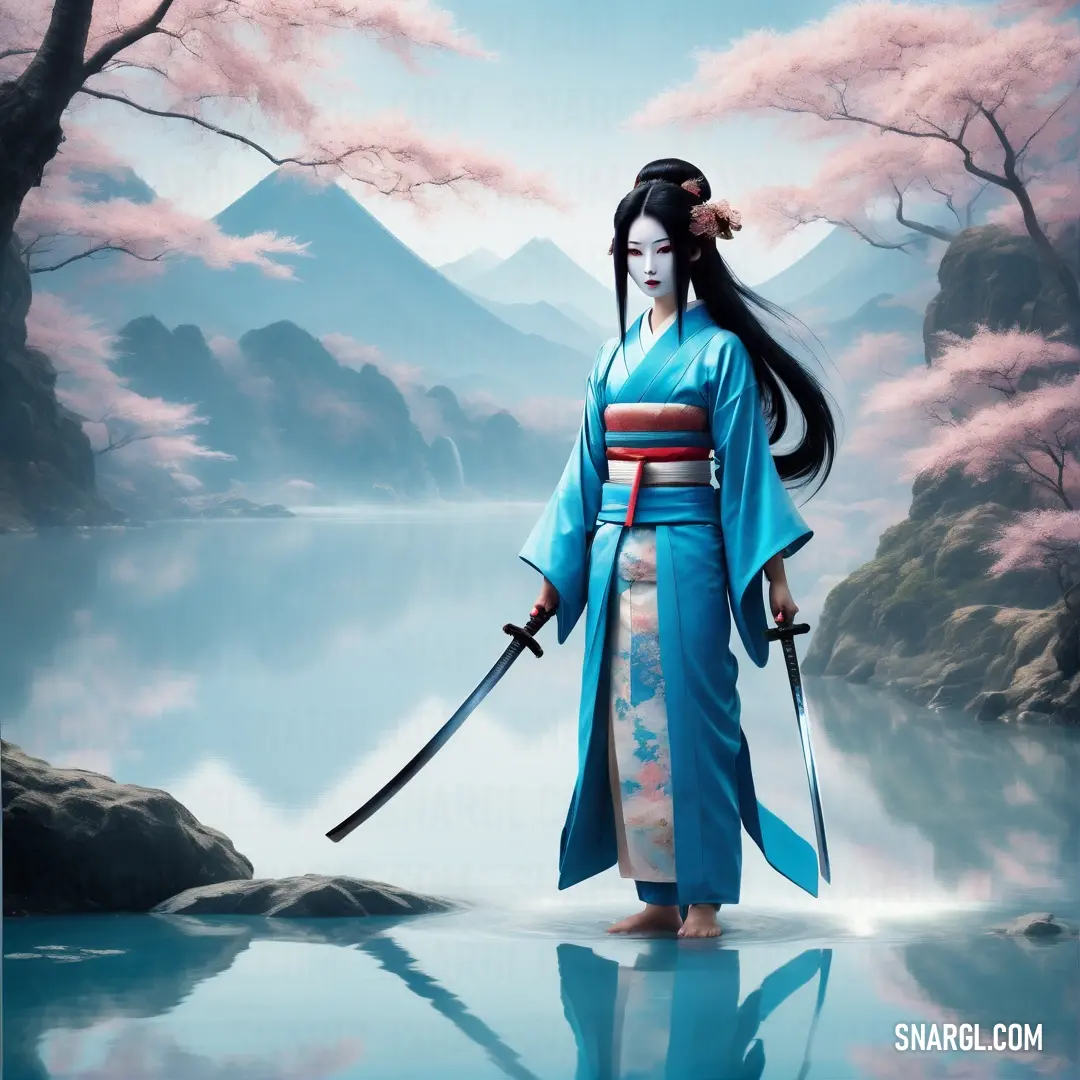
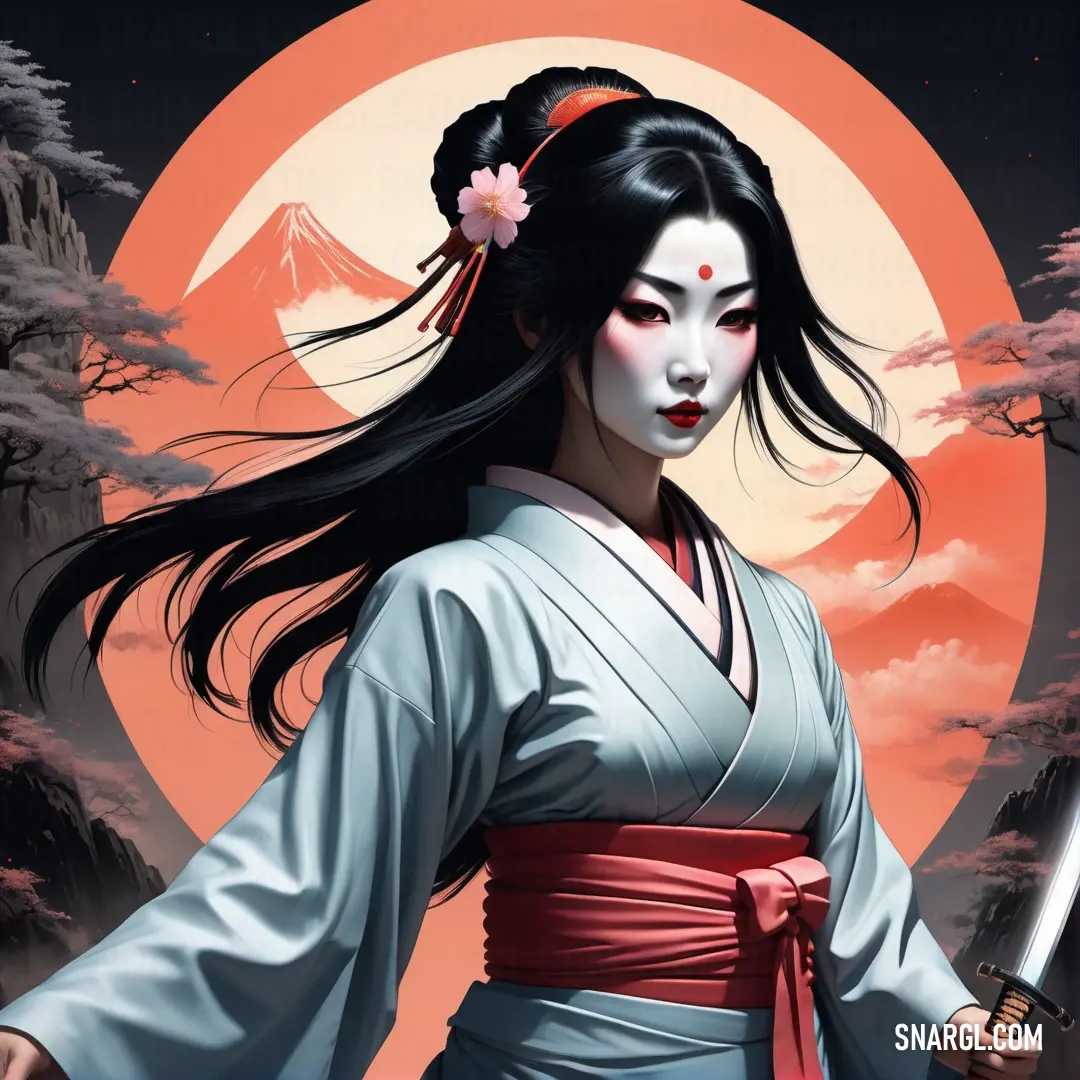
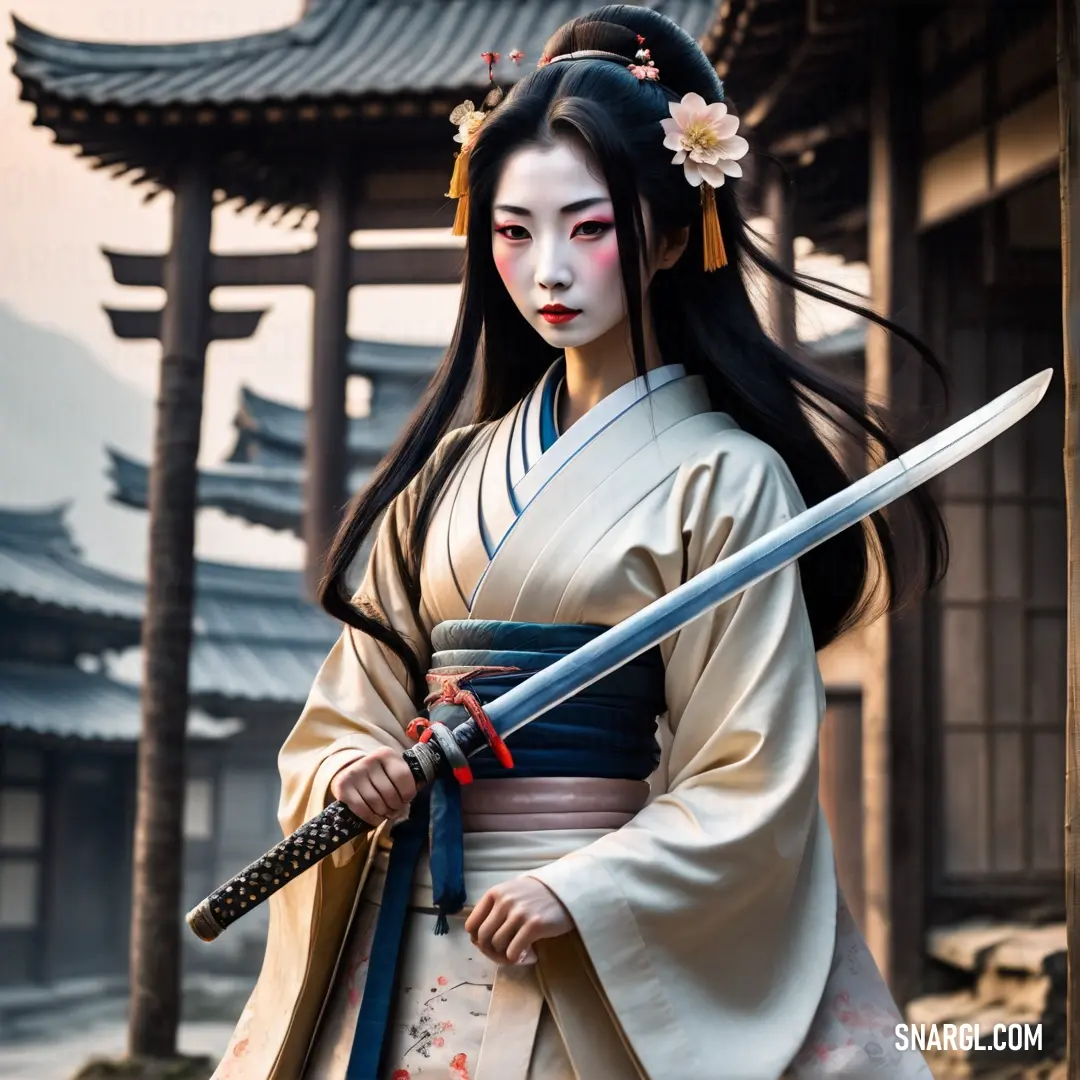
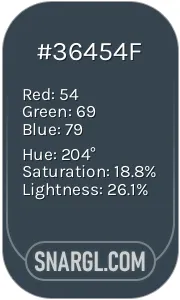 Charcoal
Charcoal Snow
Snow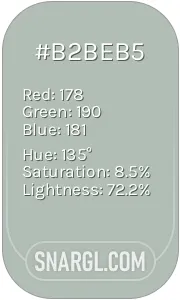 Ash grey
Ash grey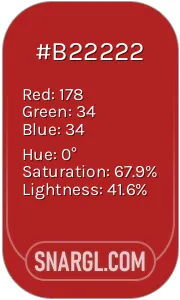 Fire brick
Fire brick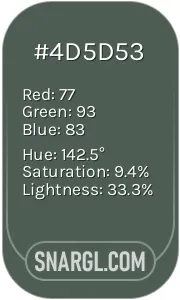 Feldgrau
Feldgrau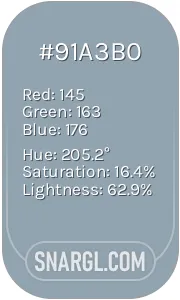 Cadet grey
Cadet grey Magnolia
Magnolia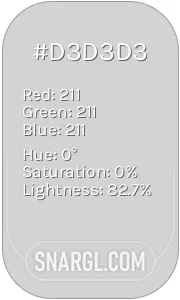 Light gray
Light gray







